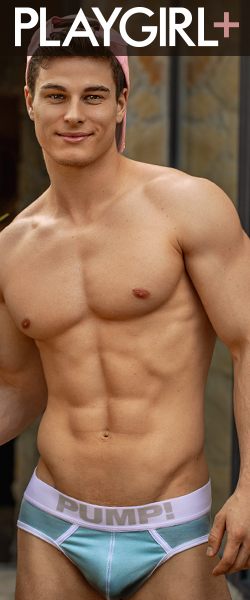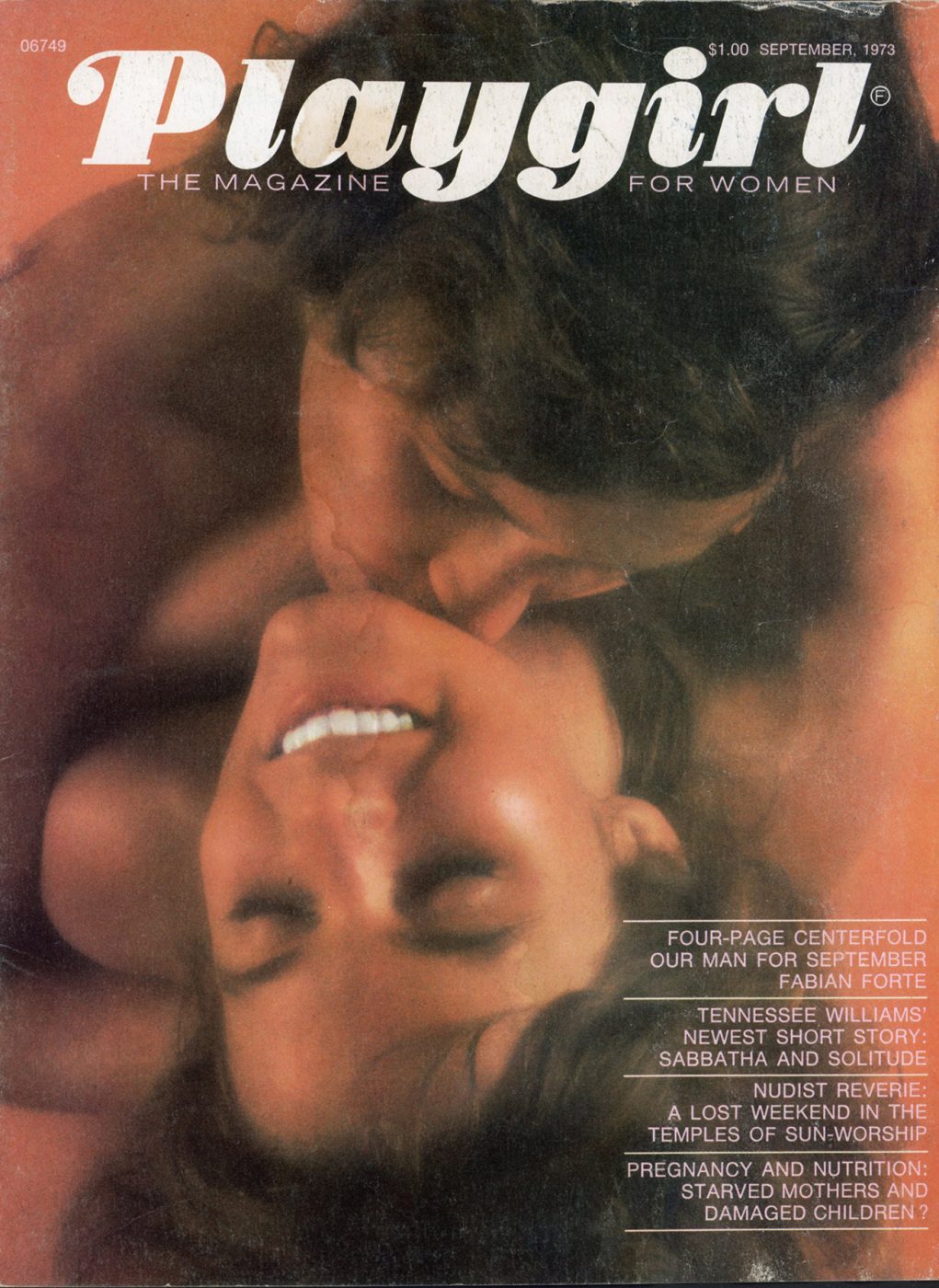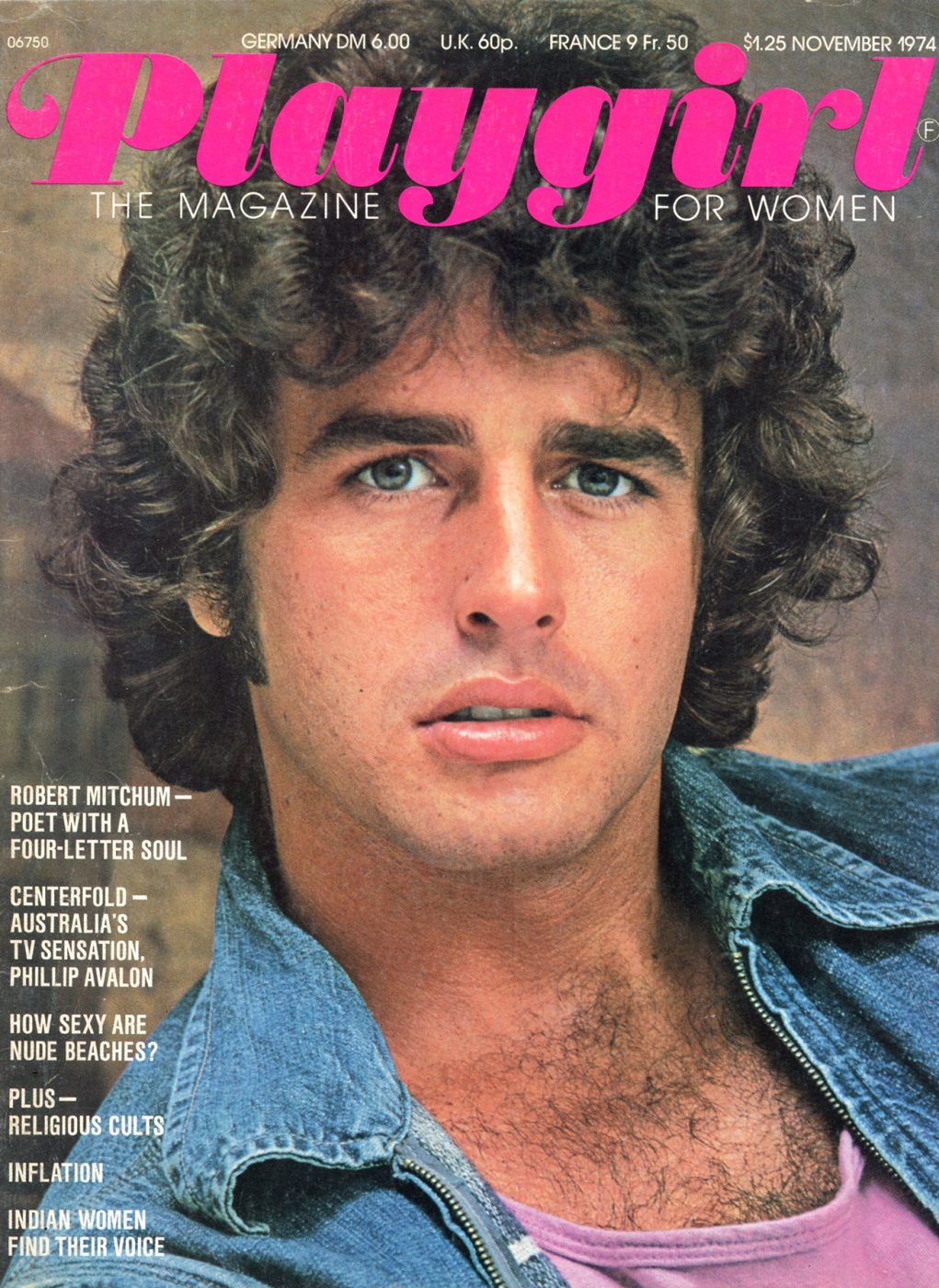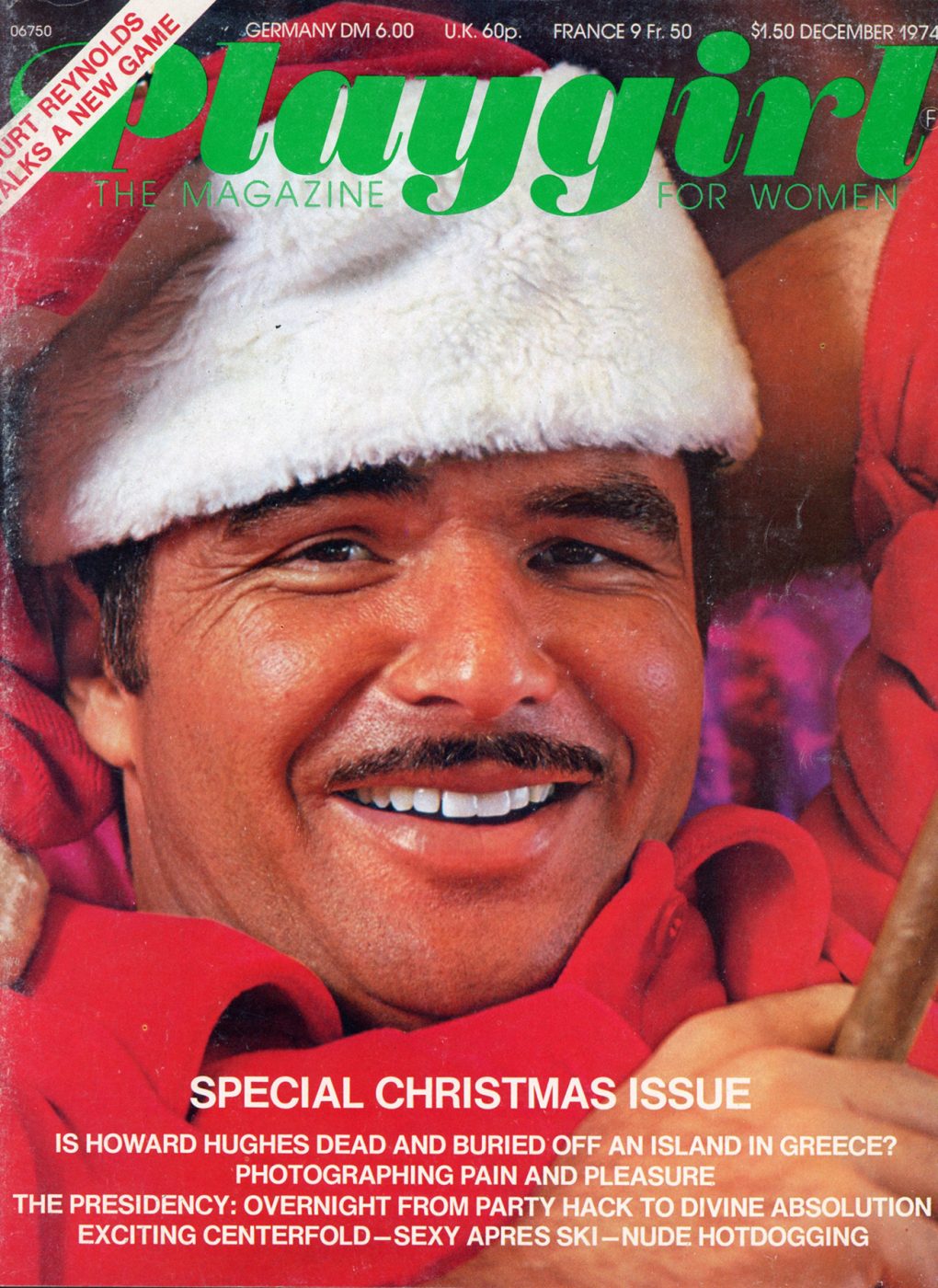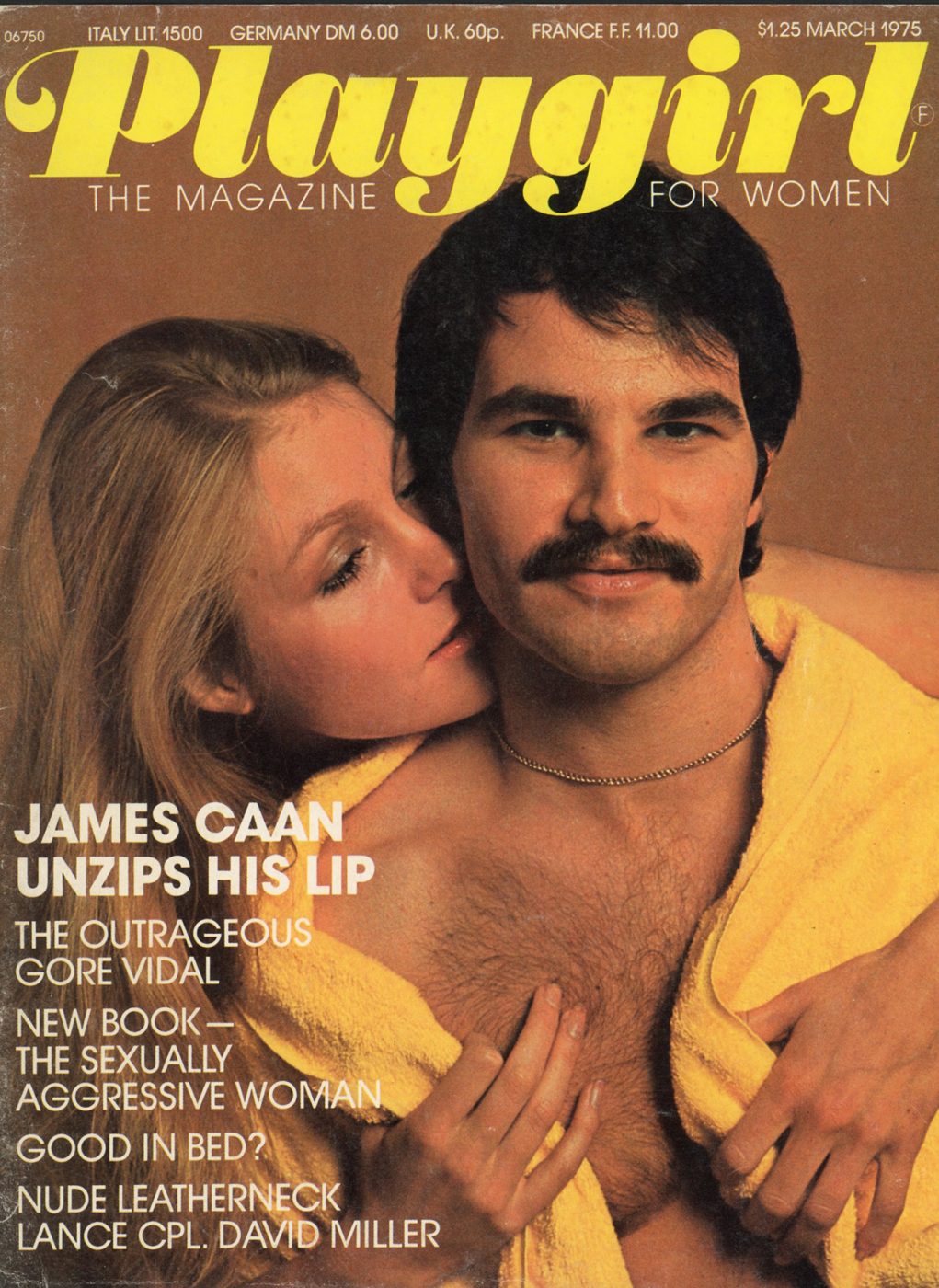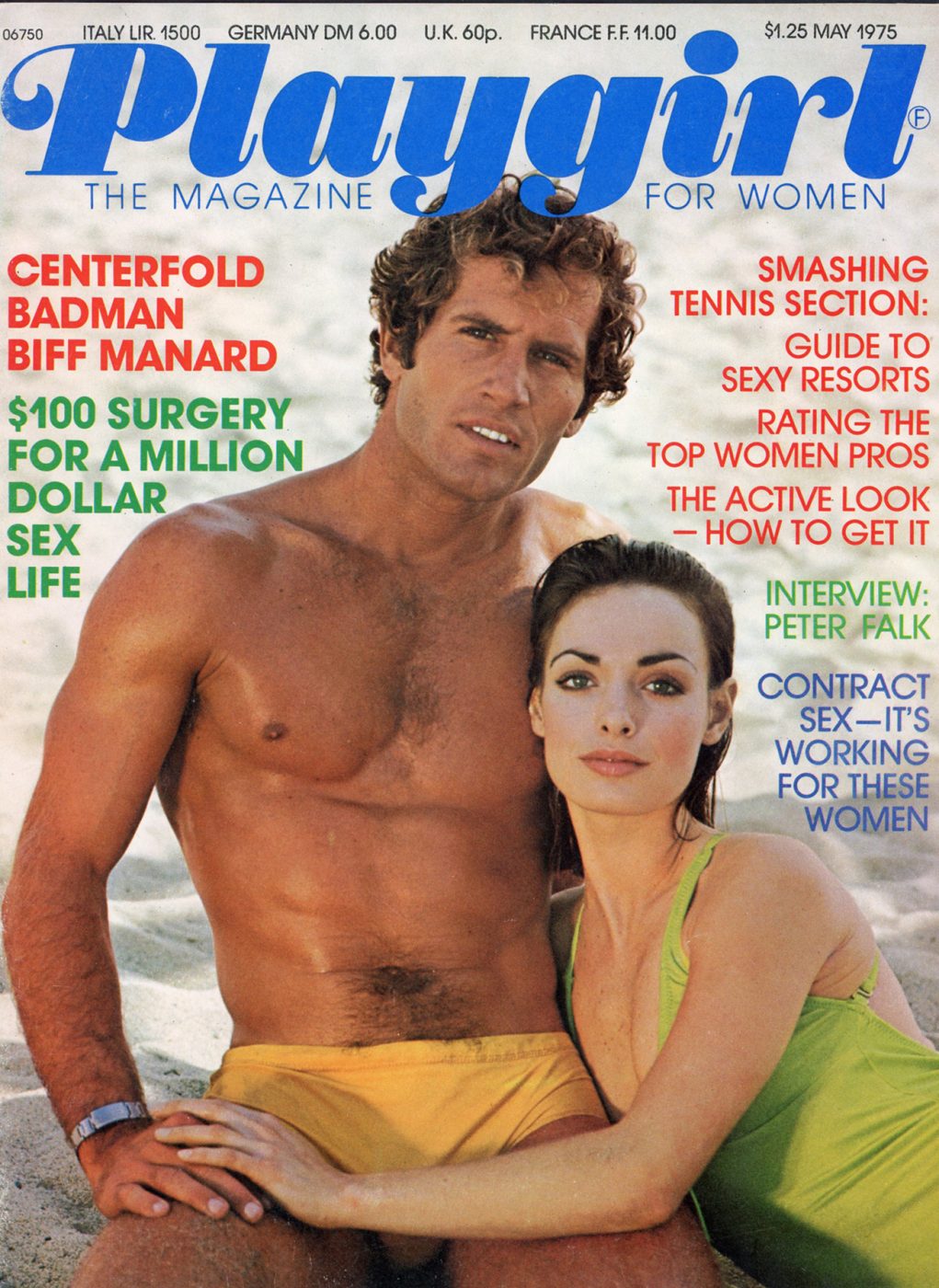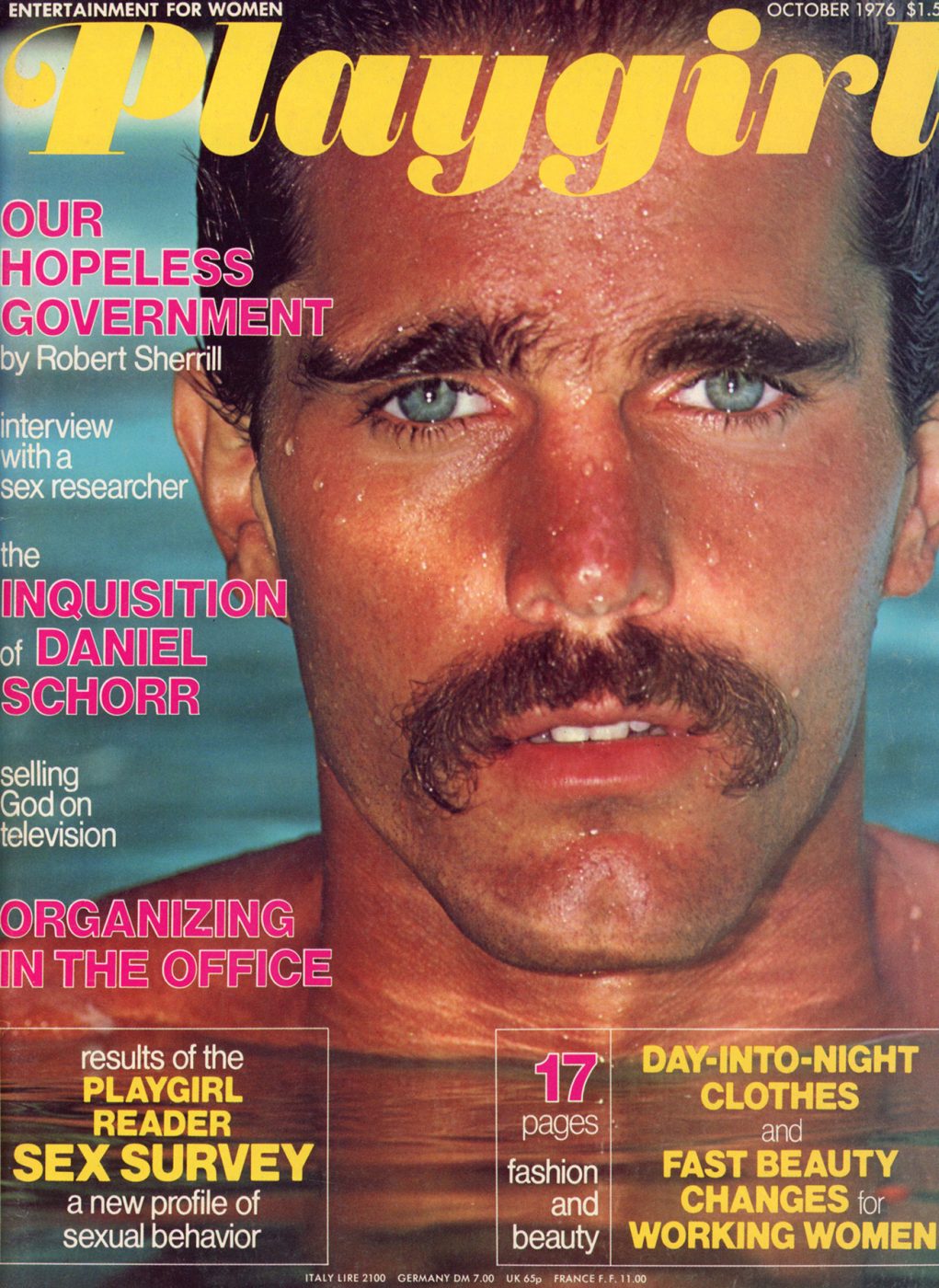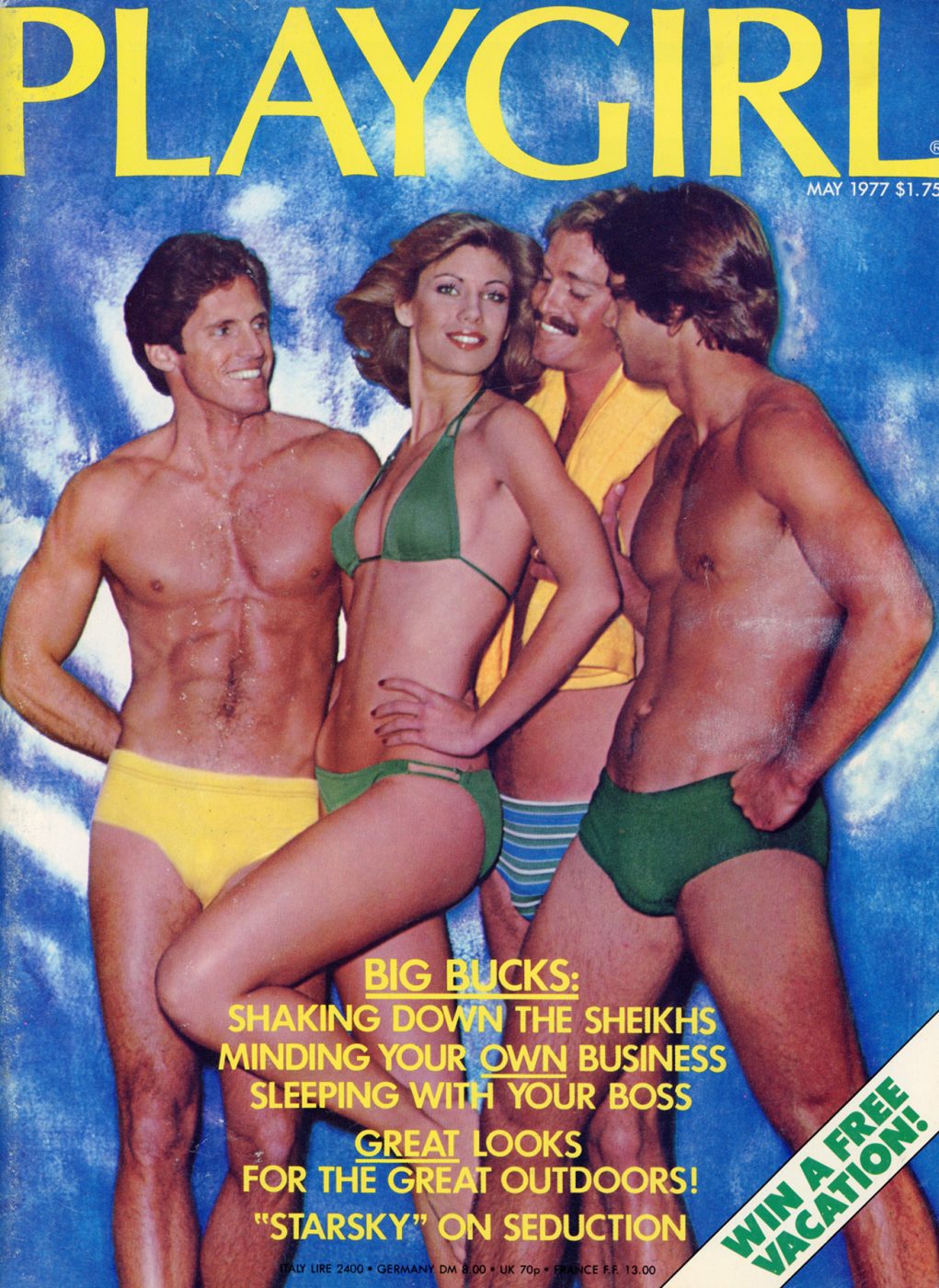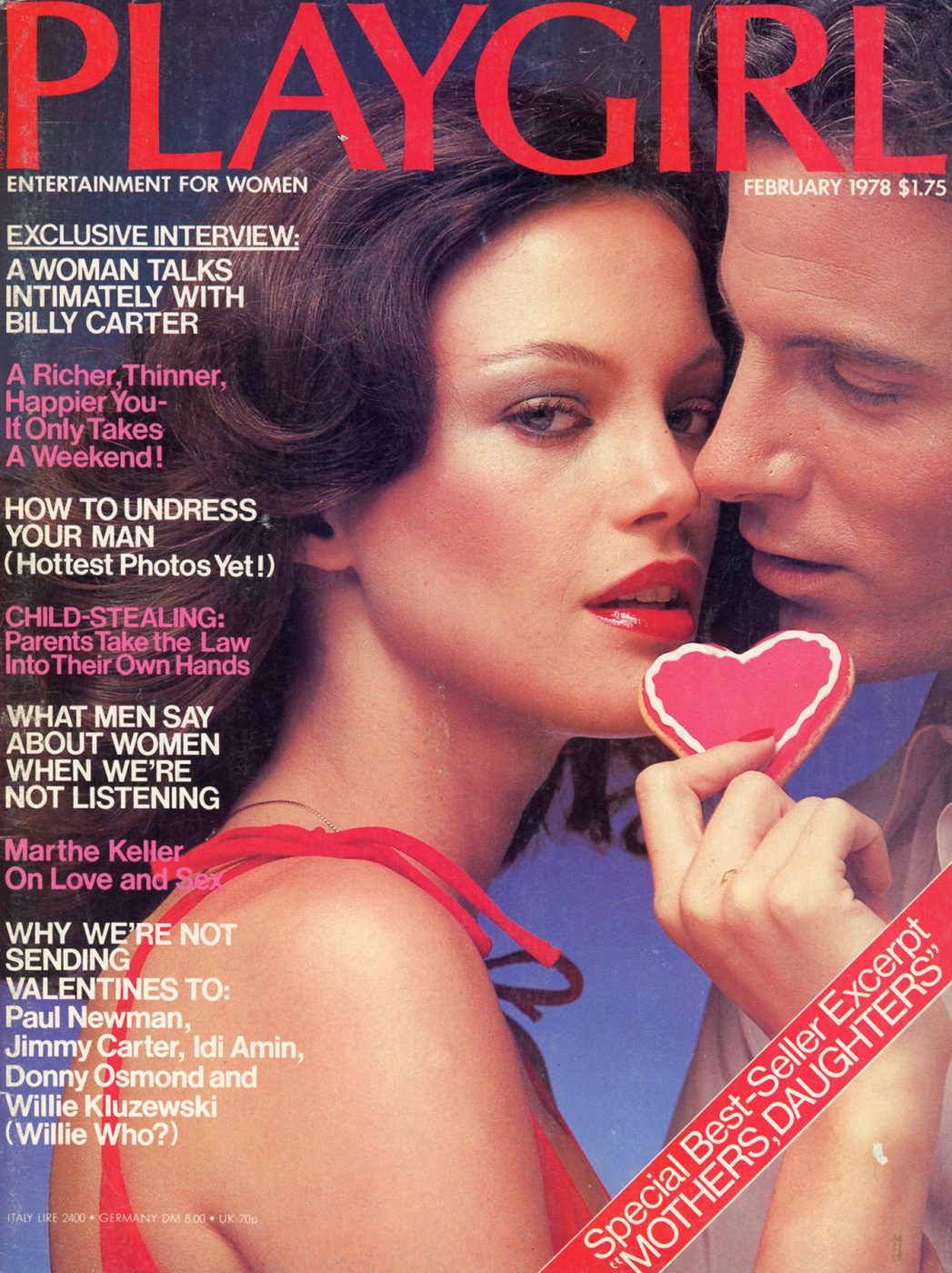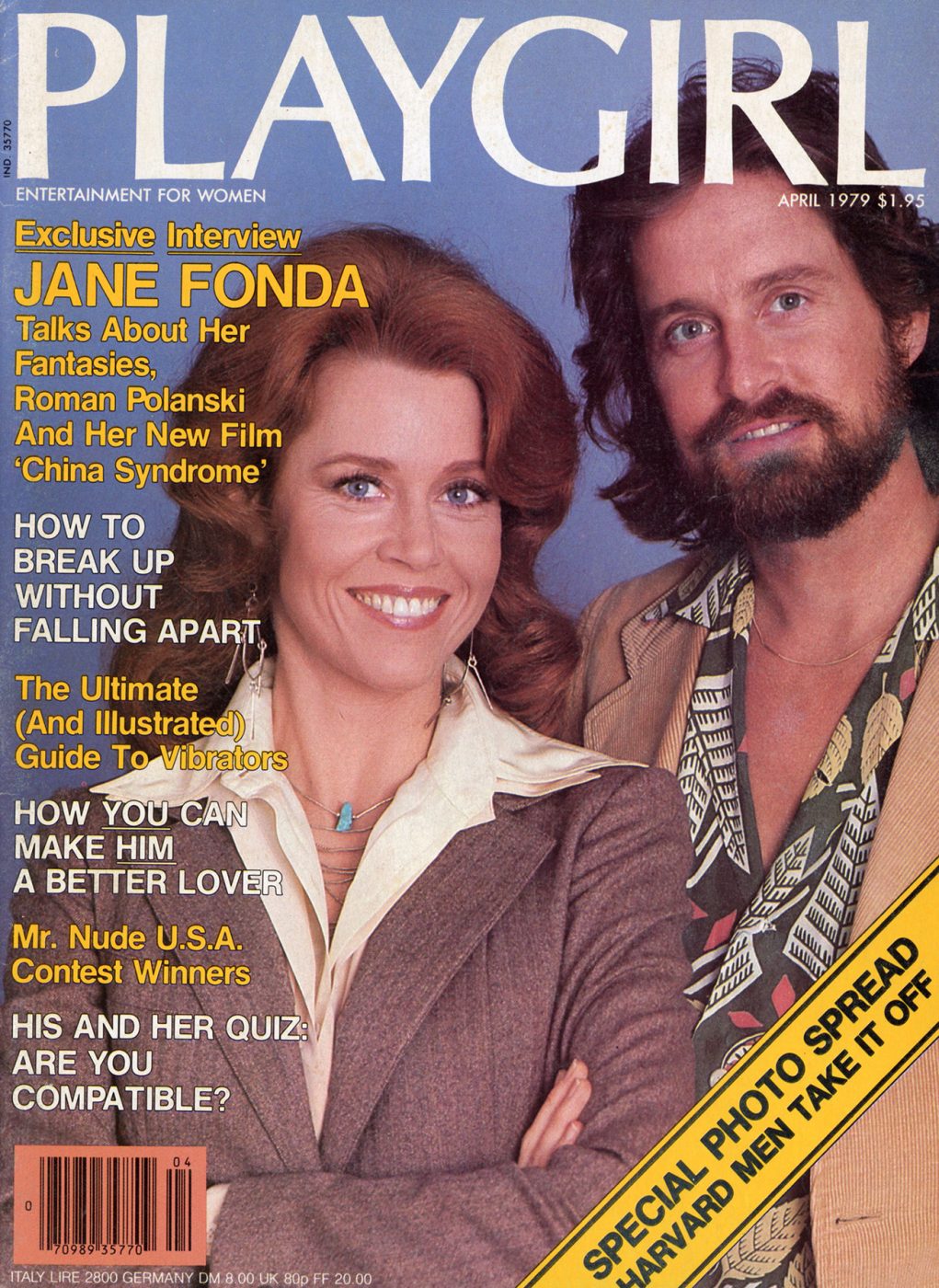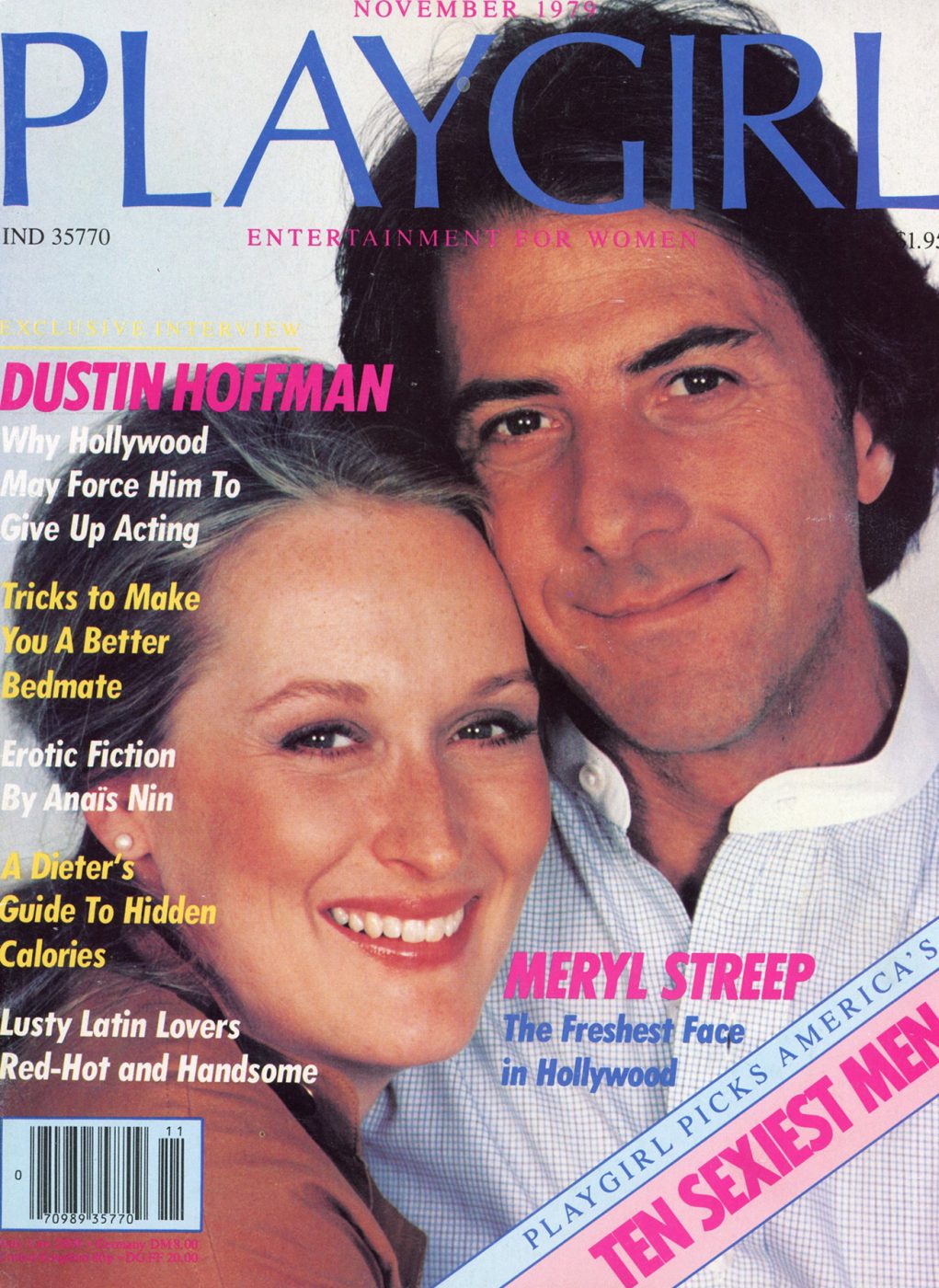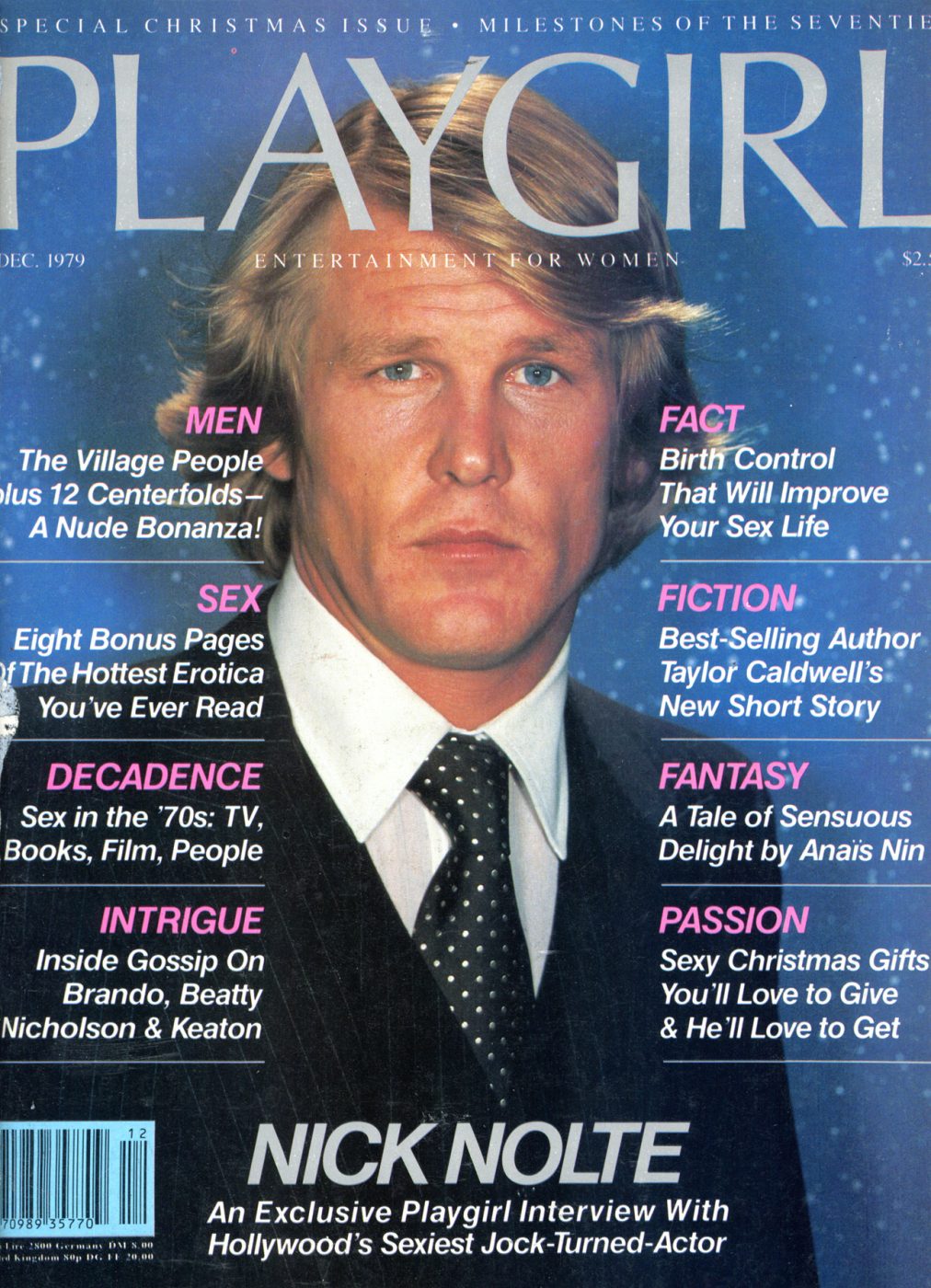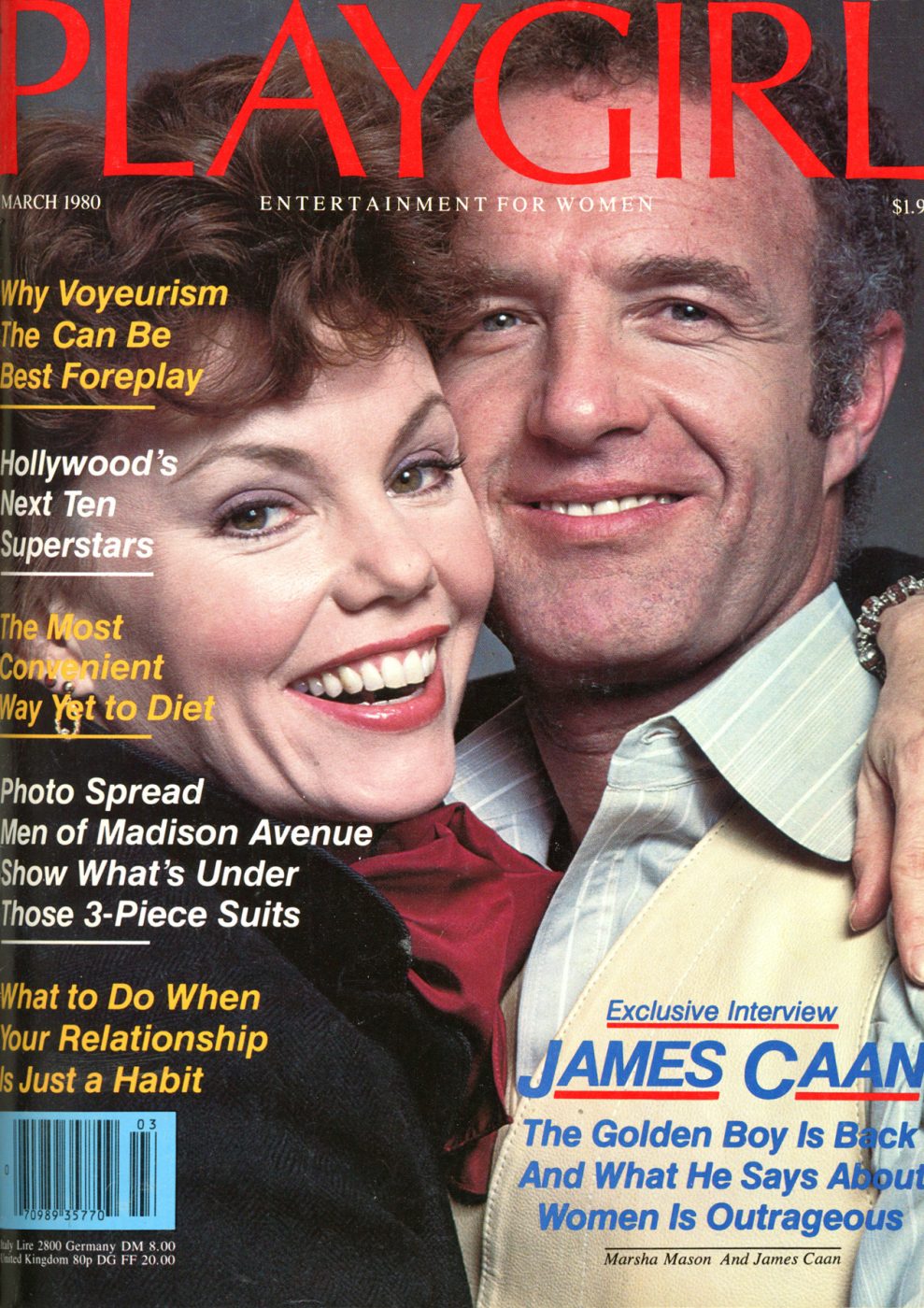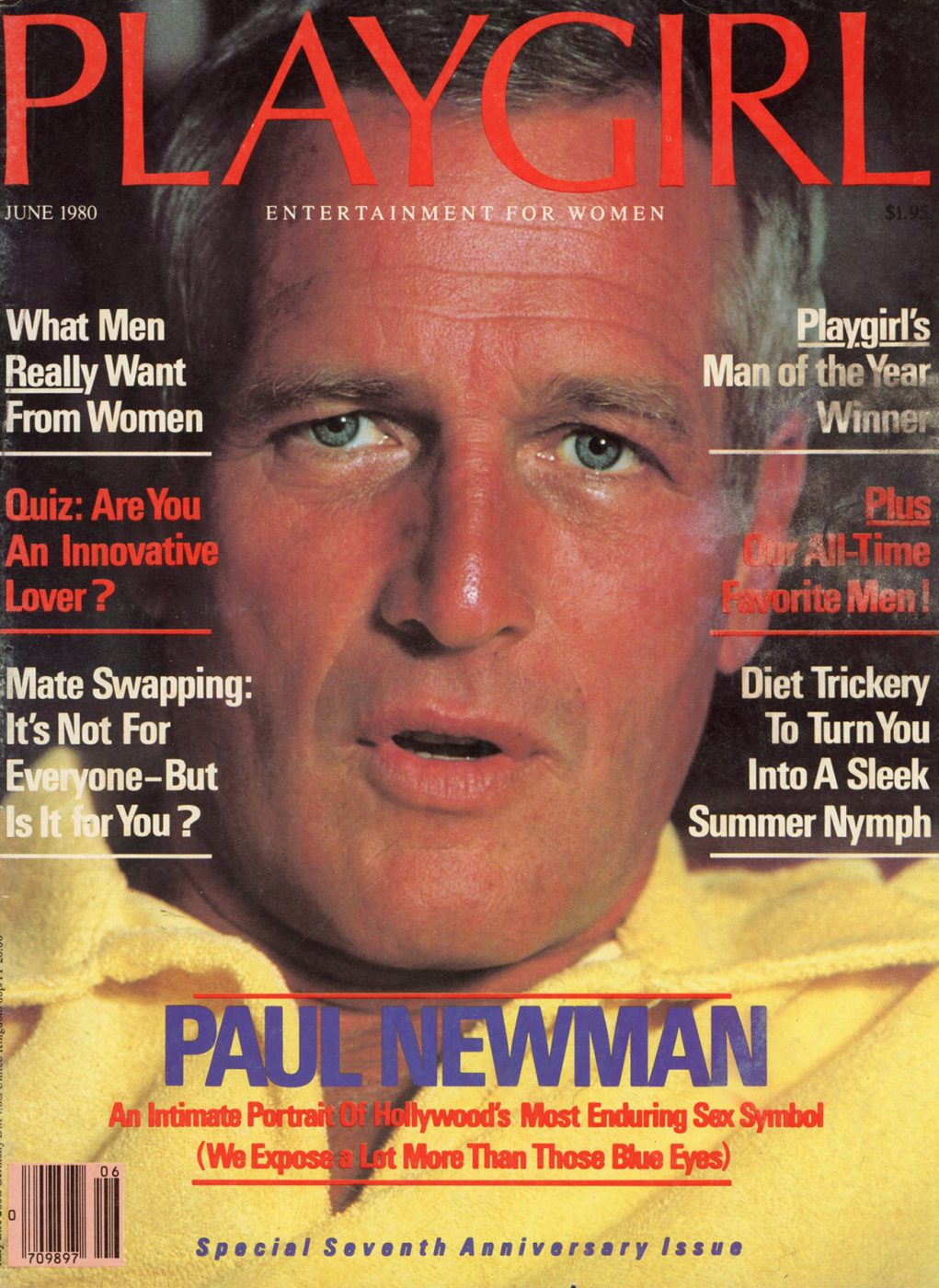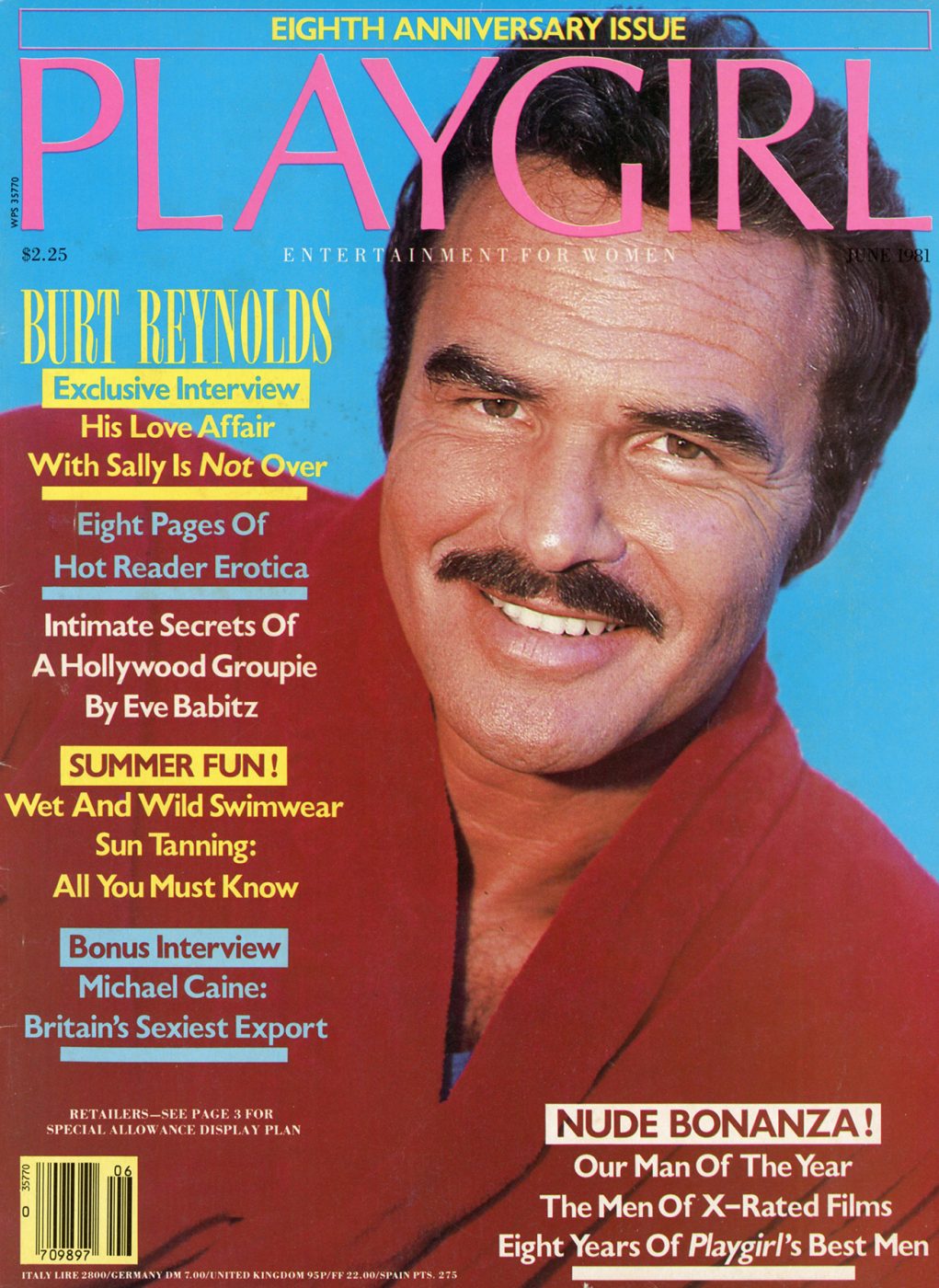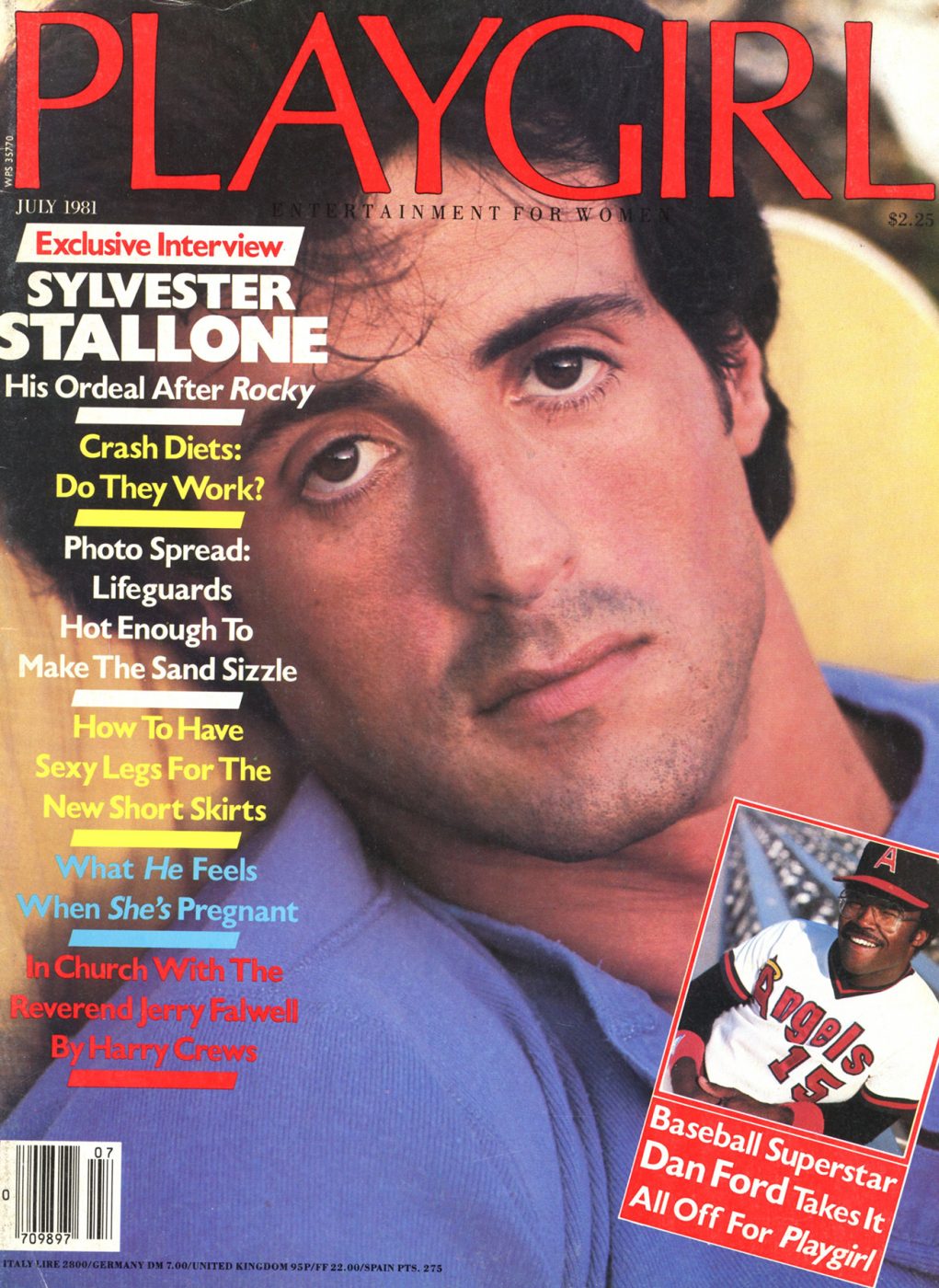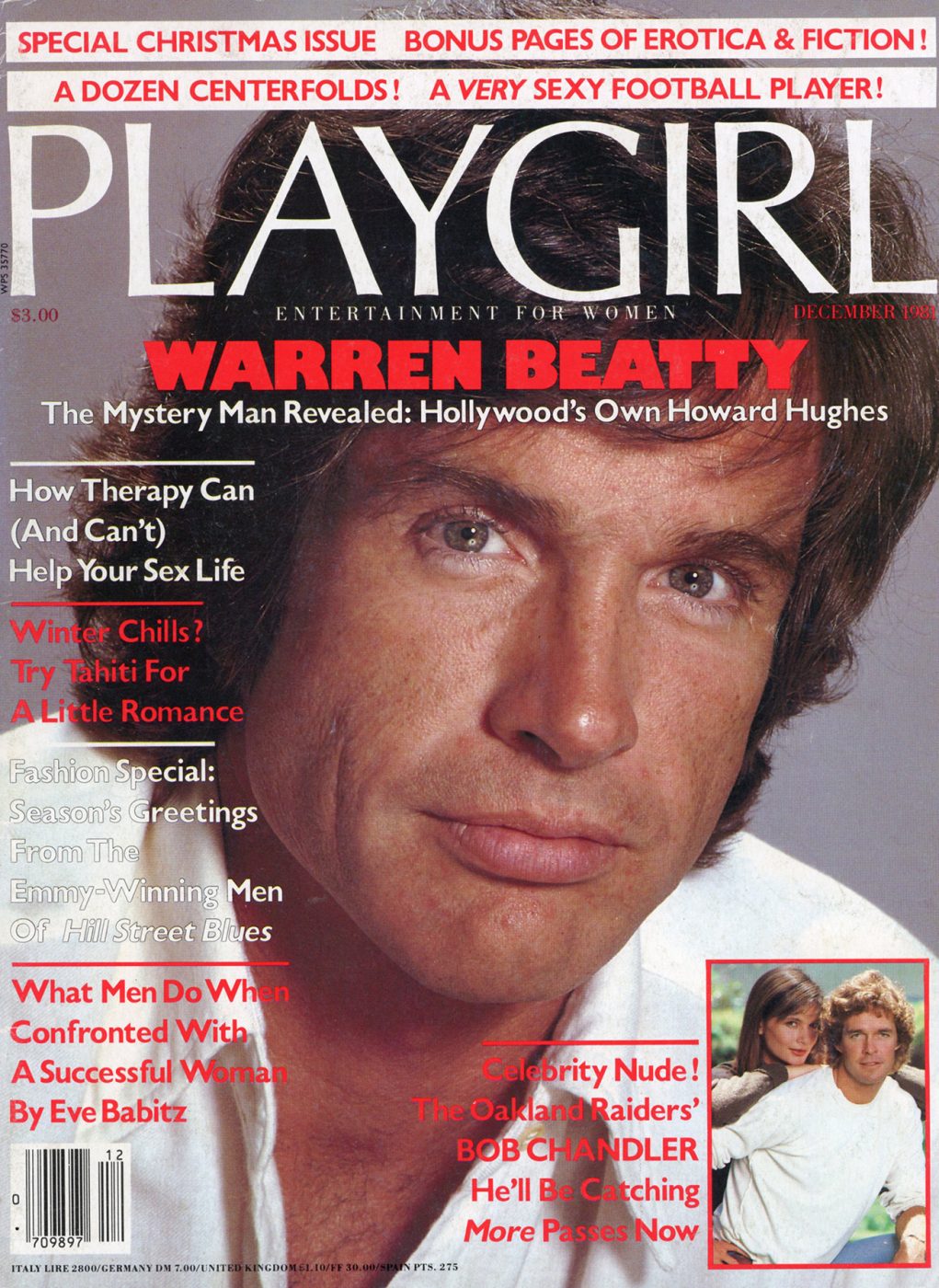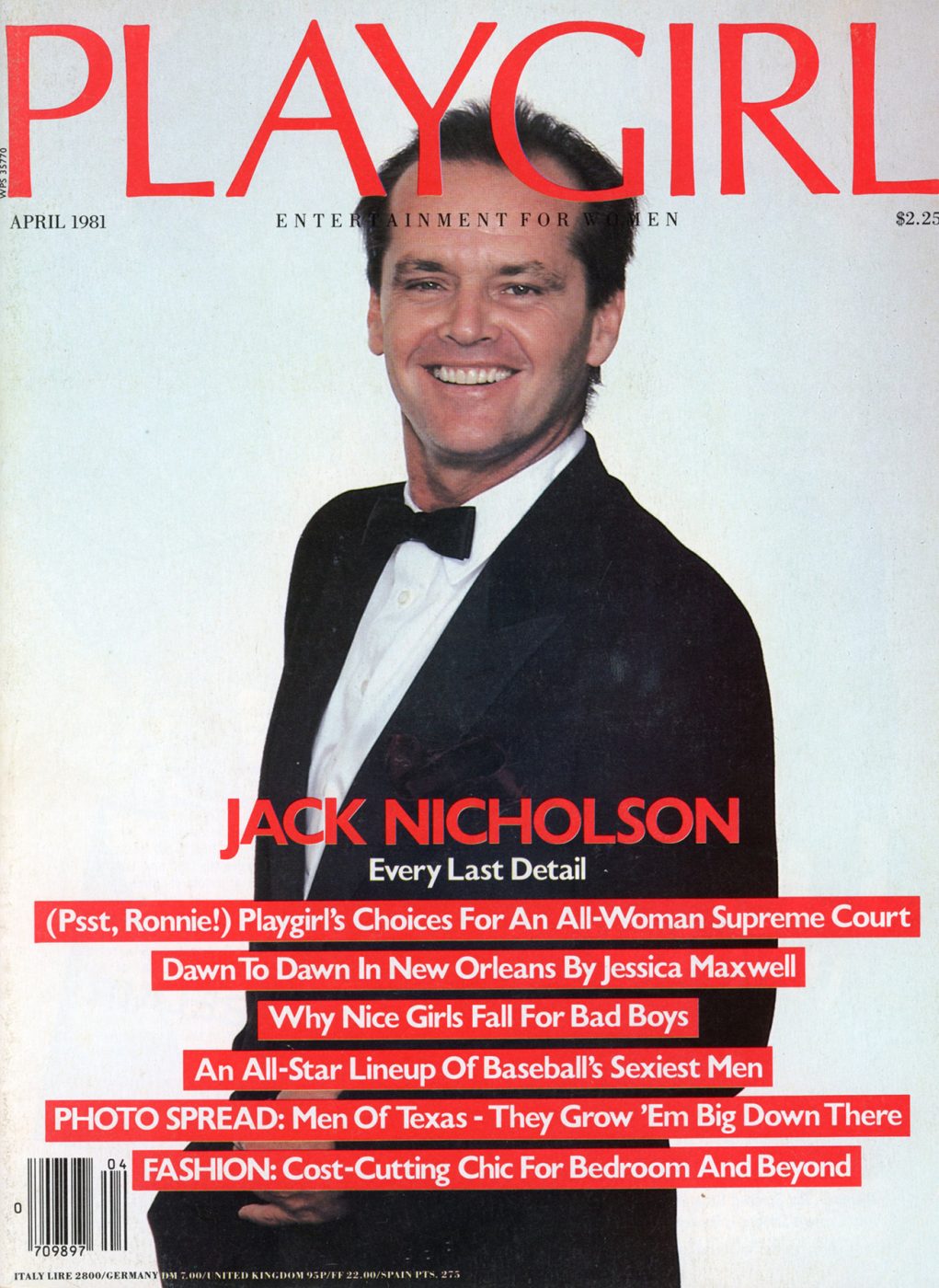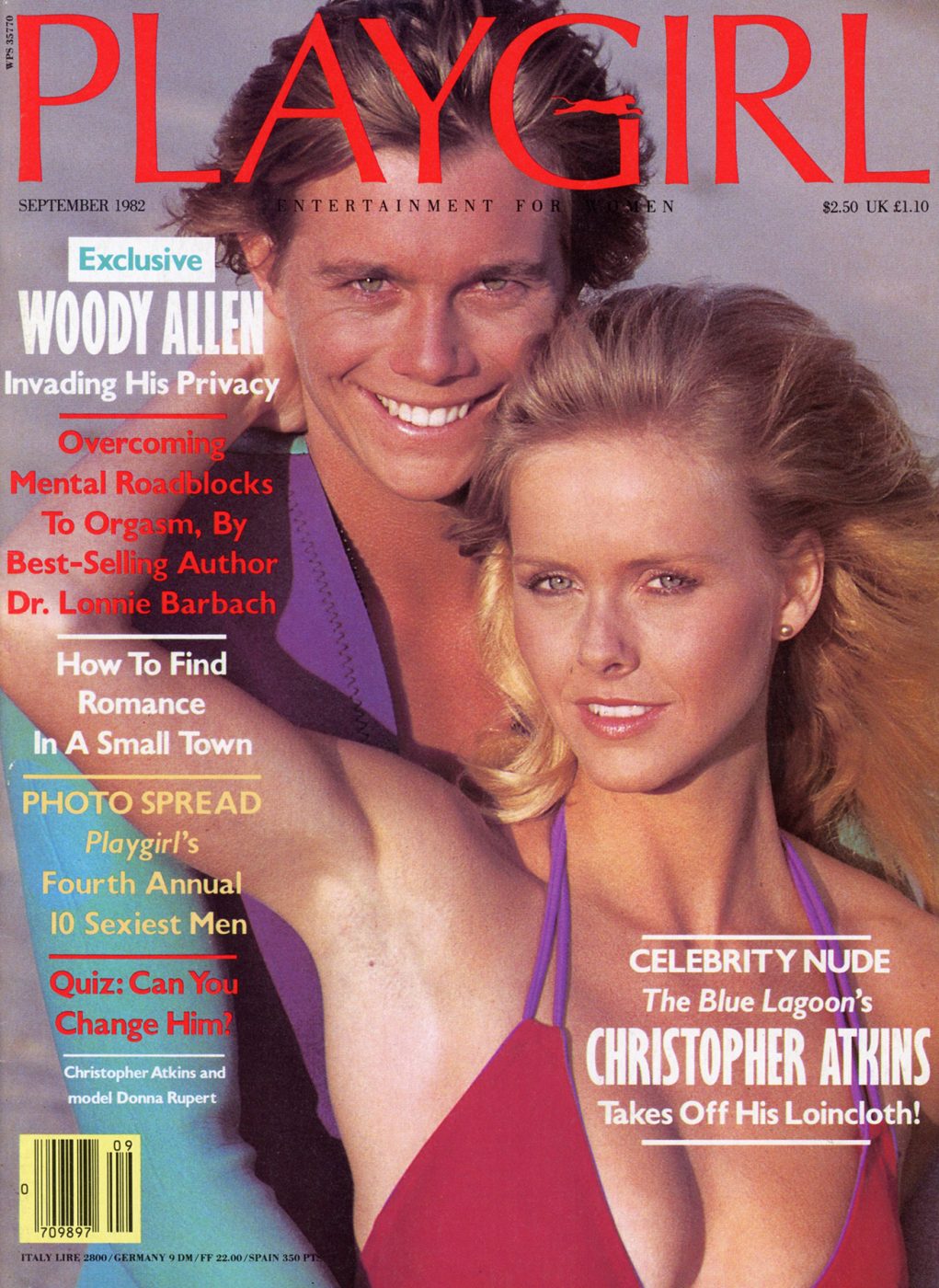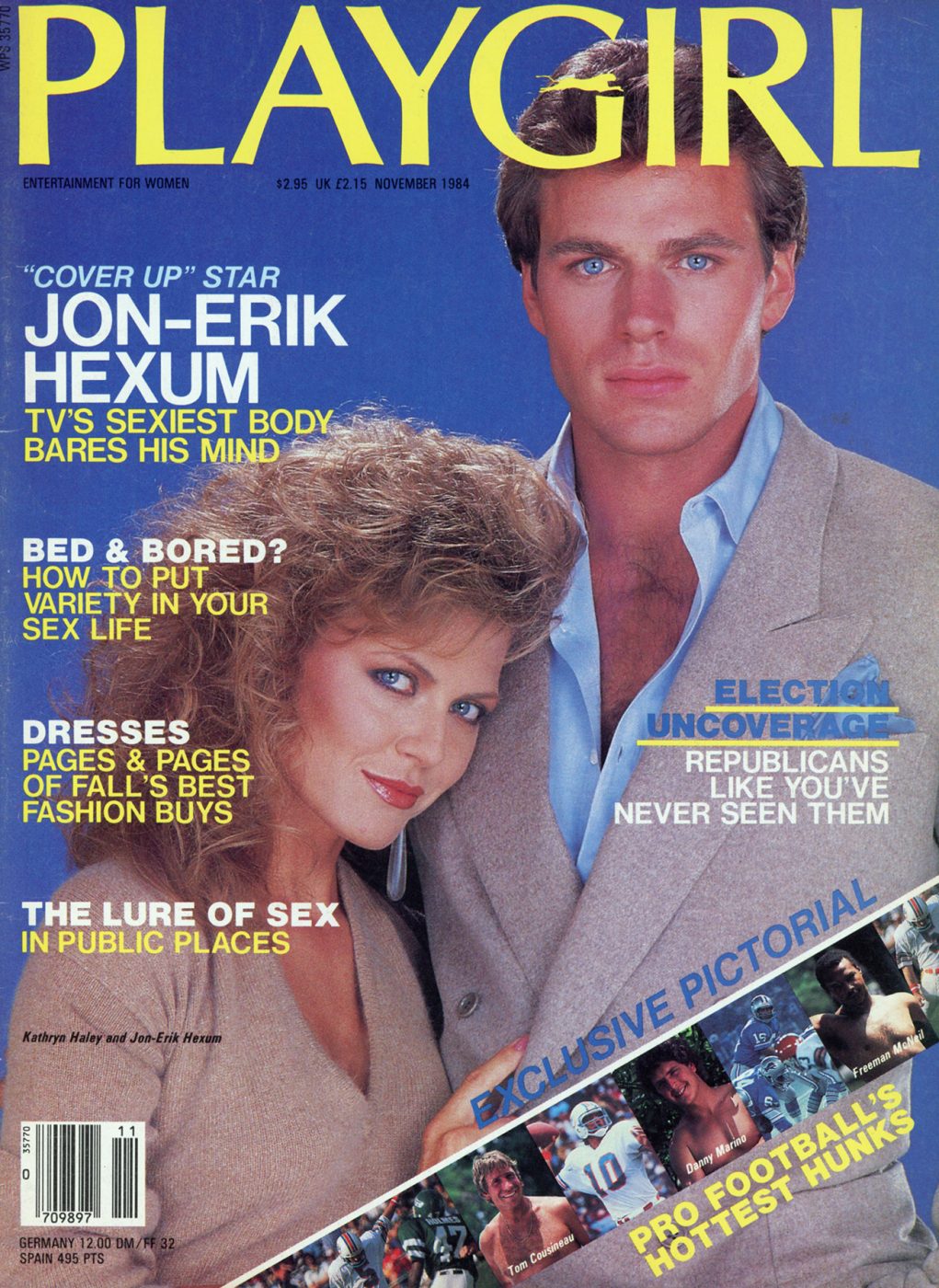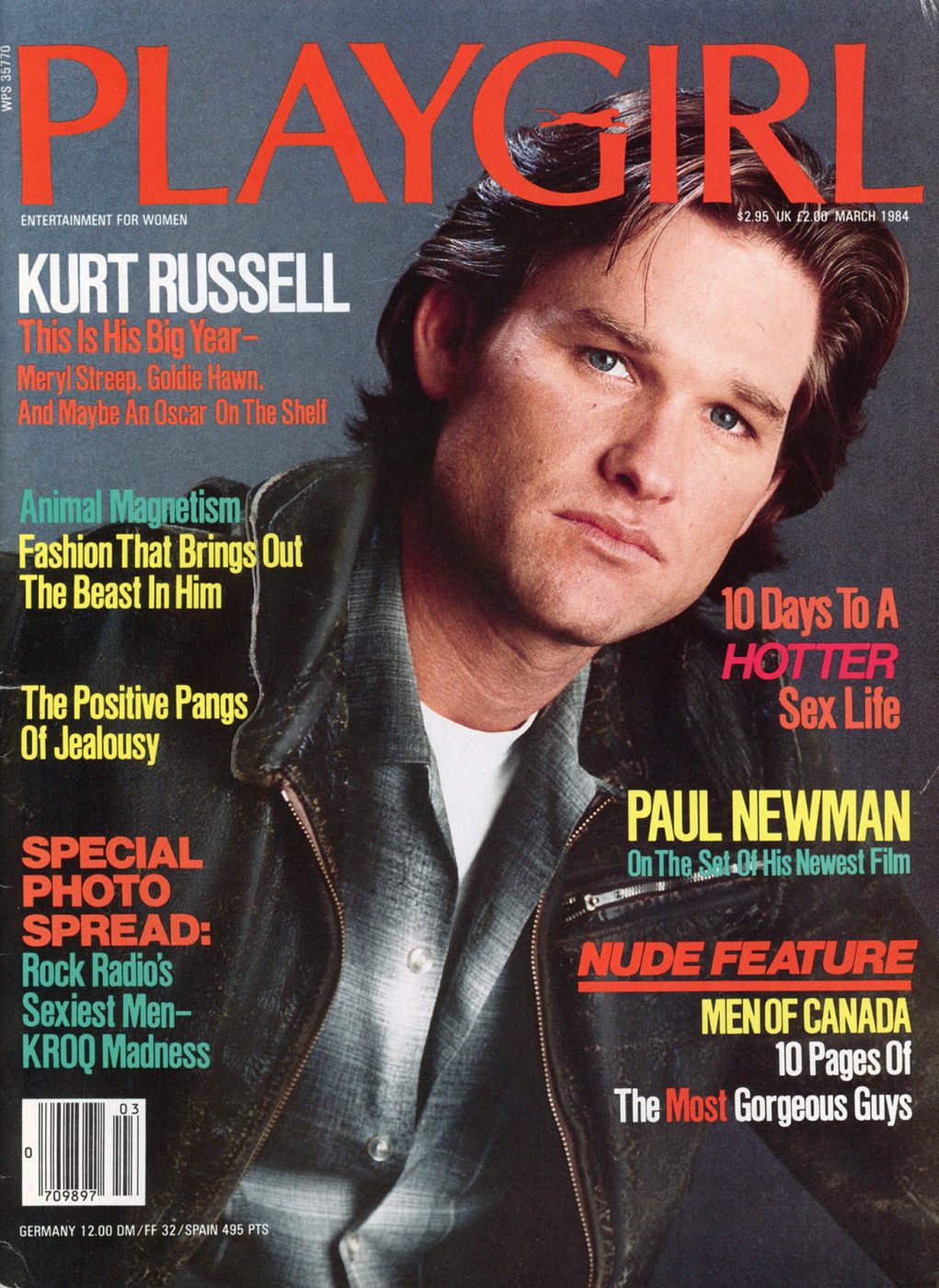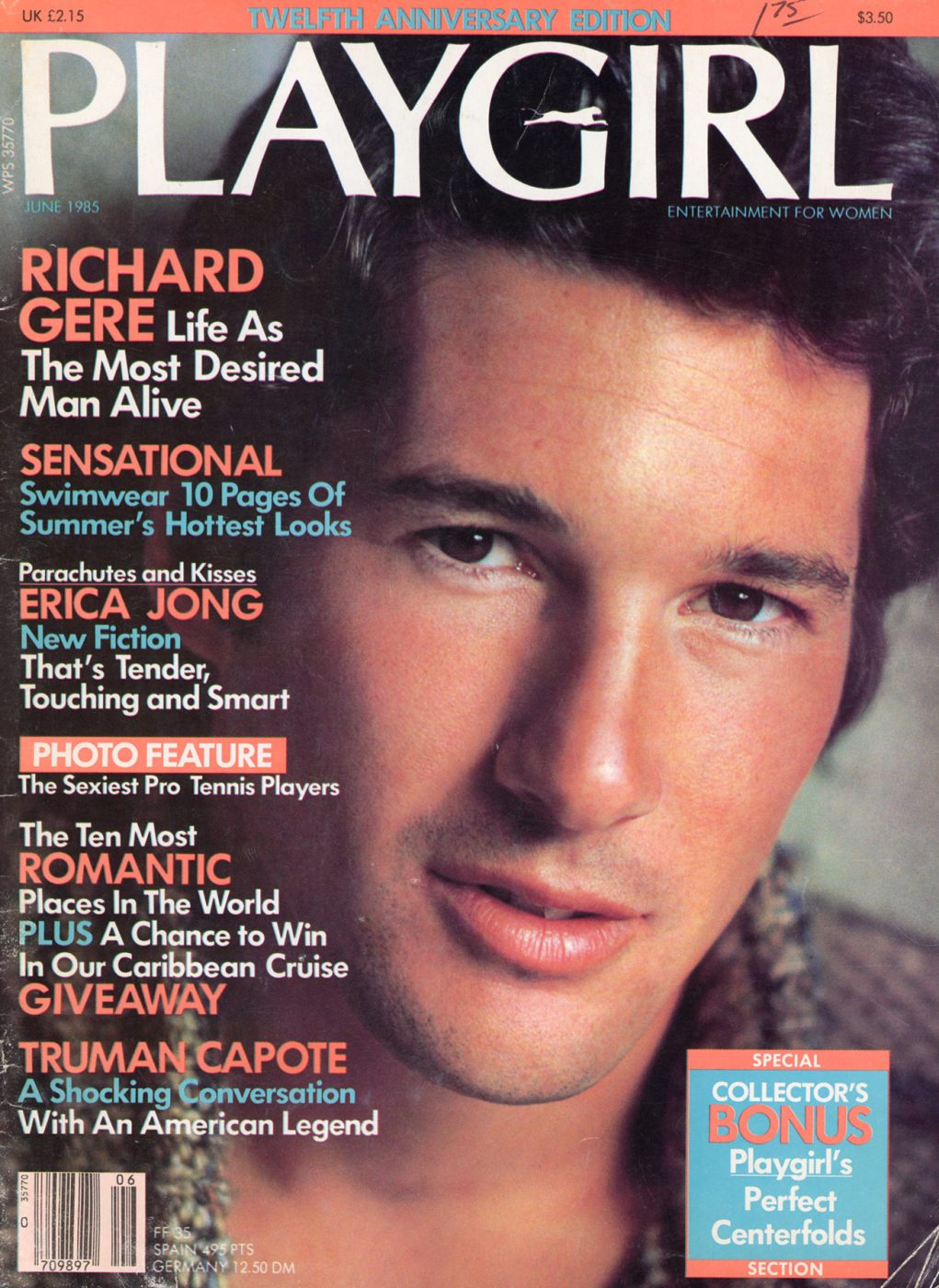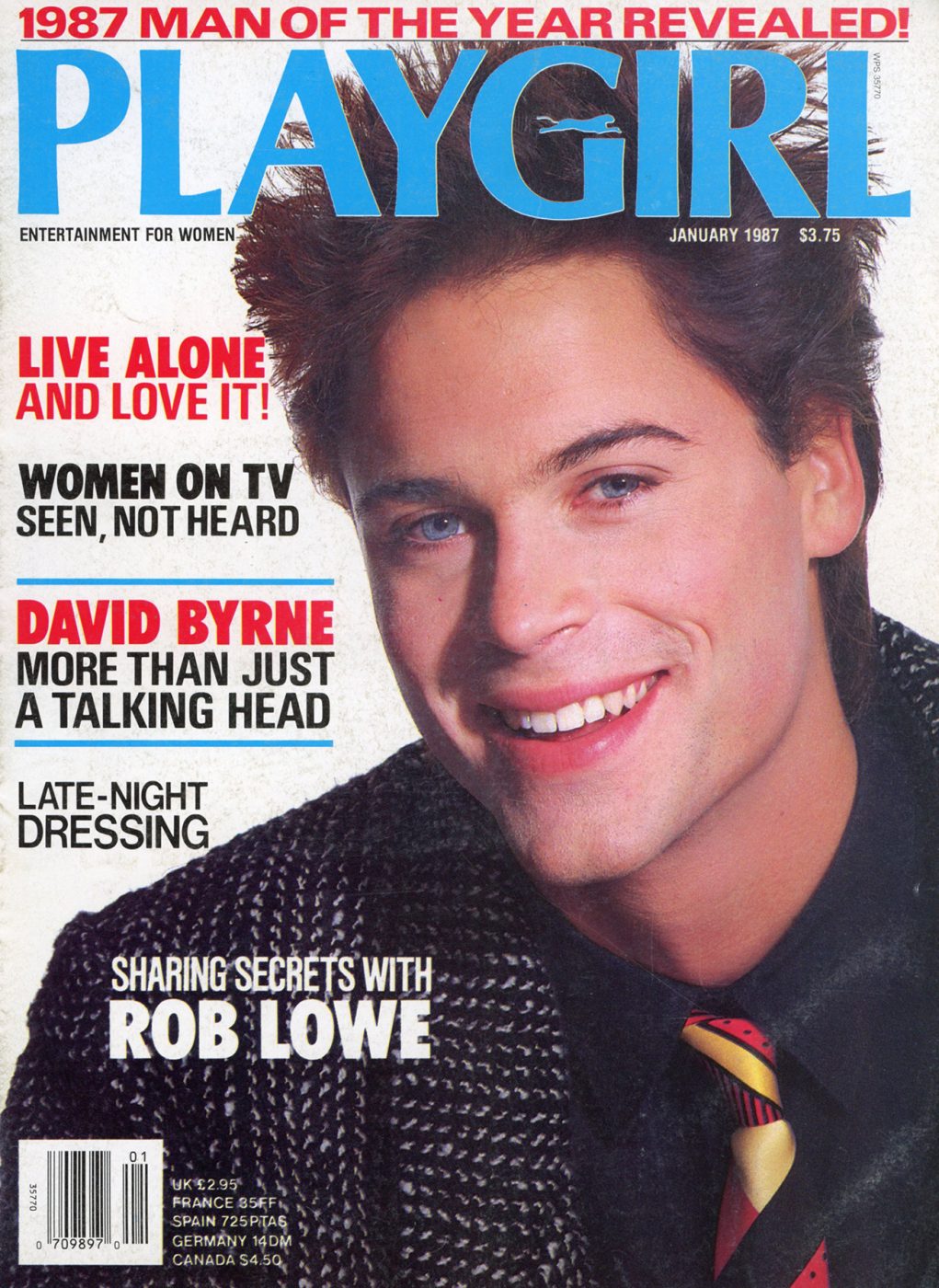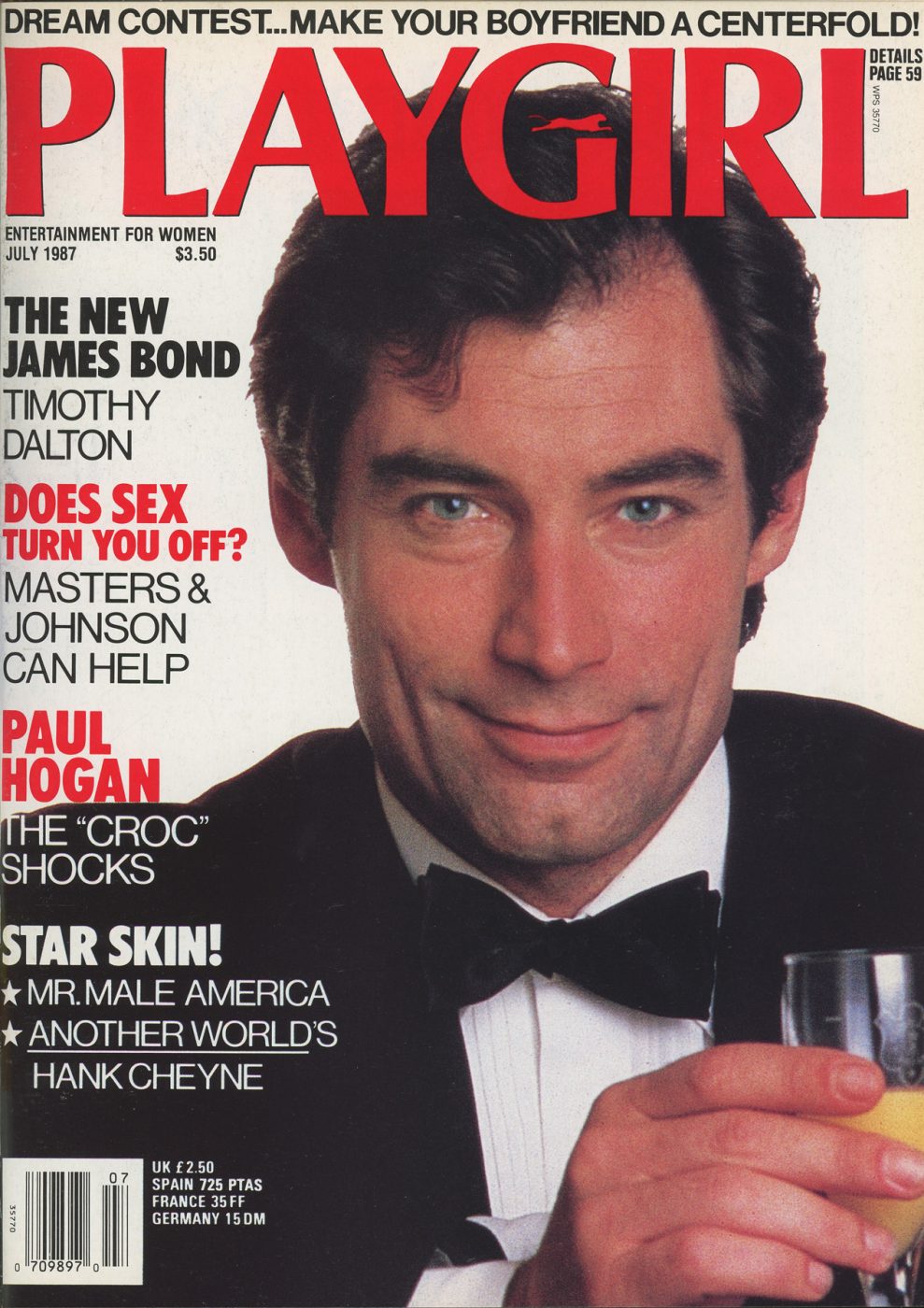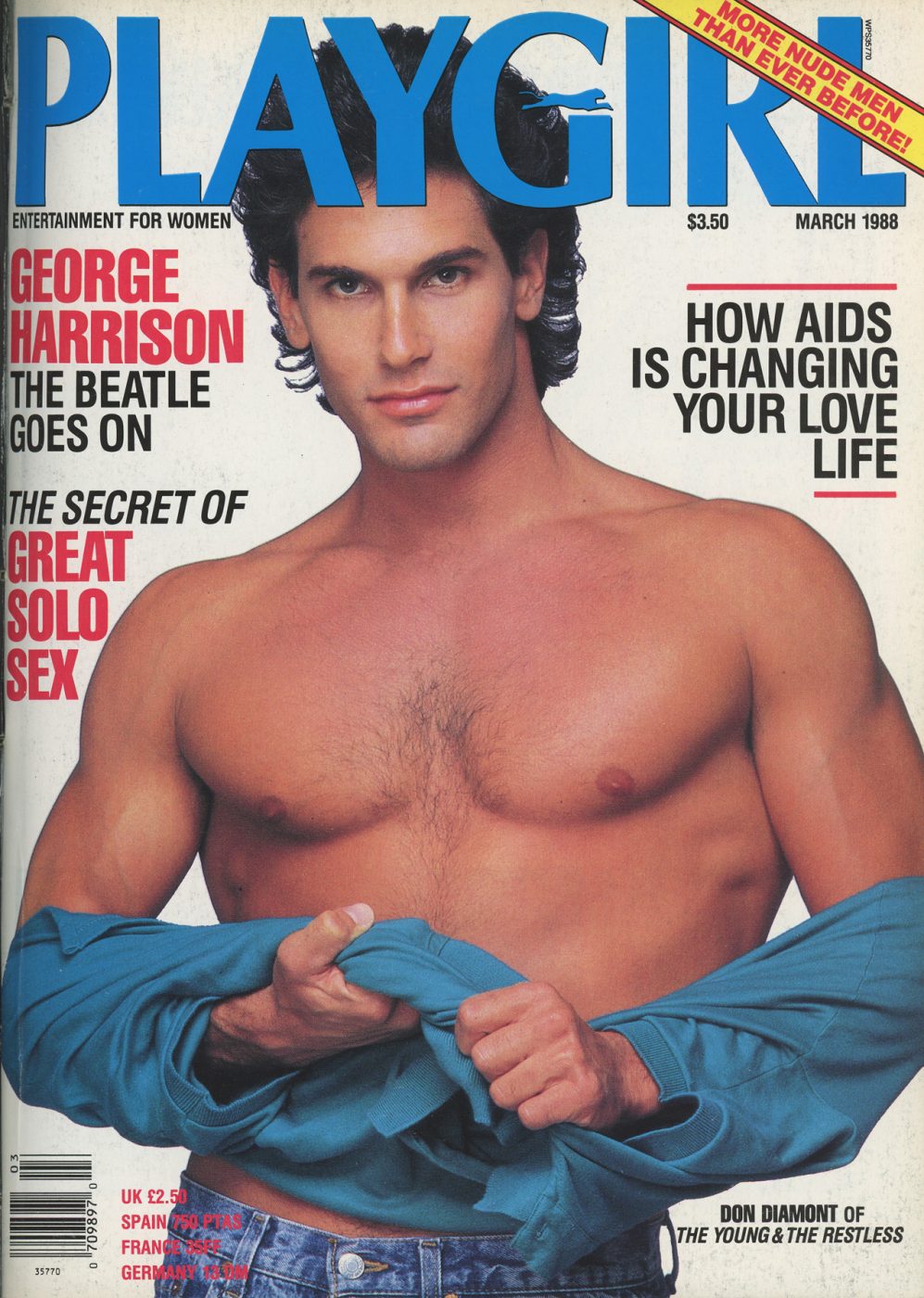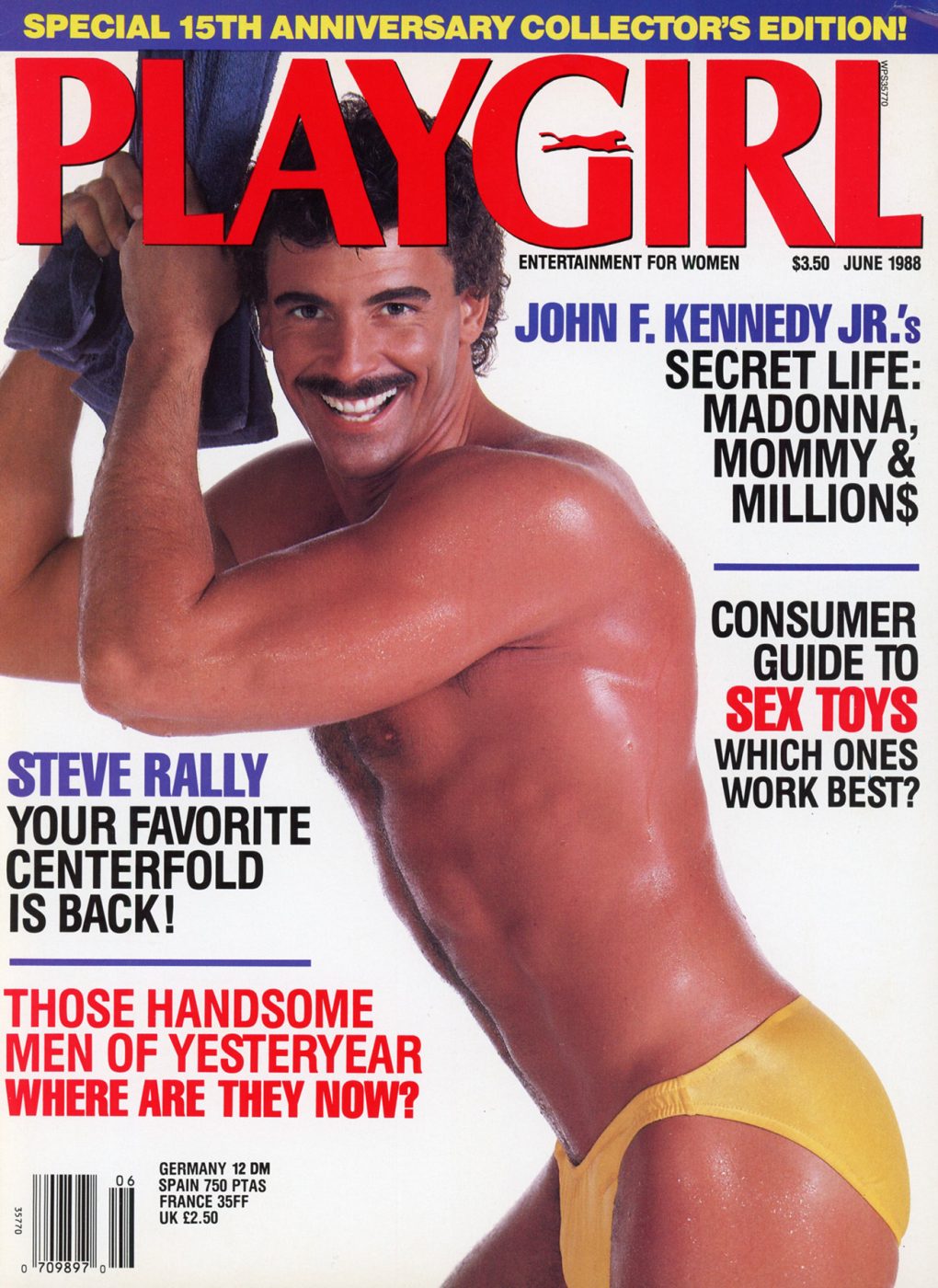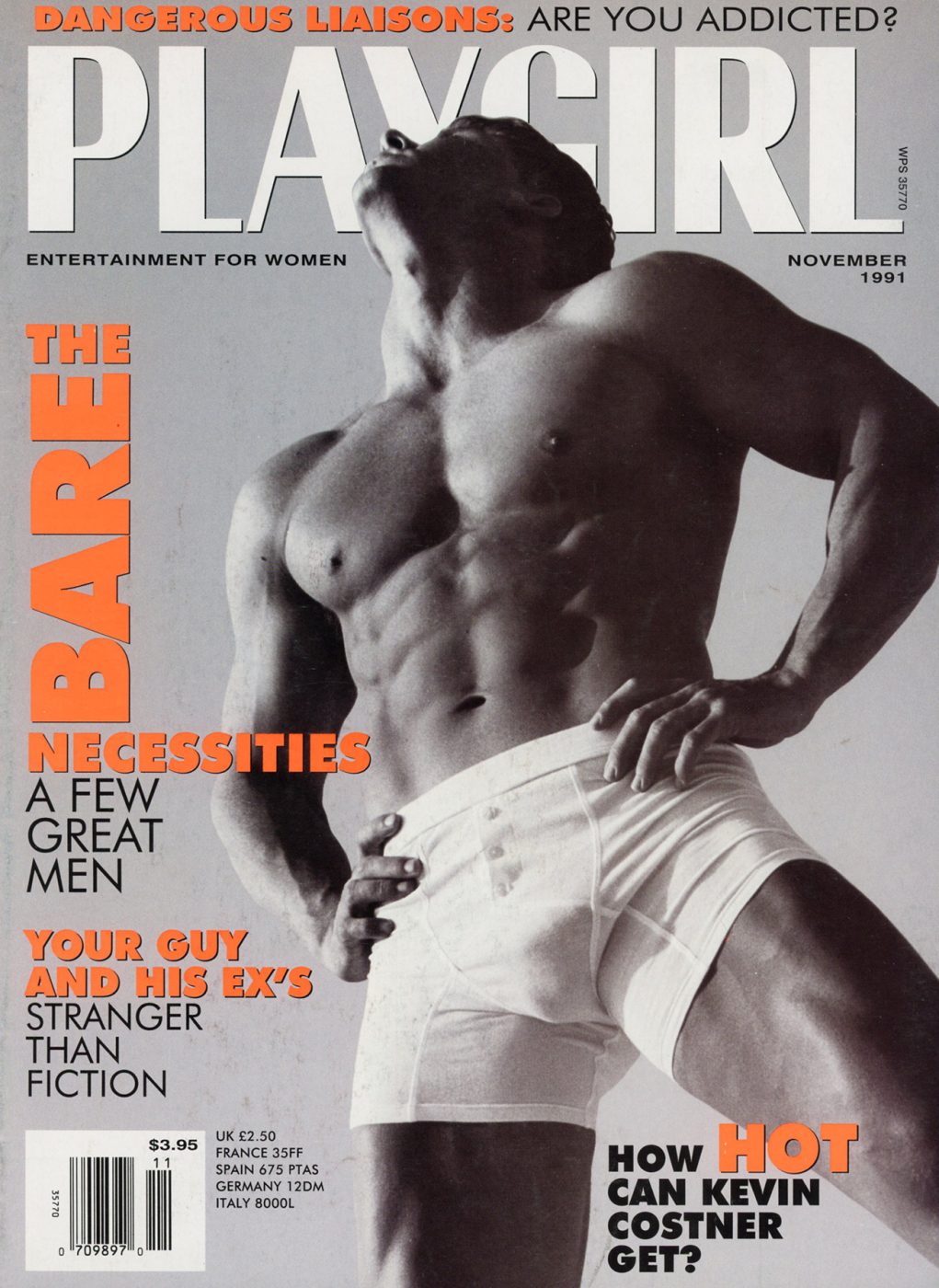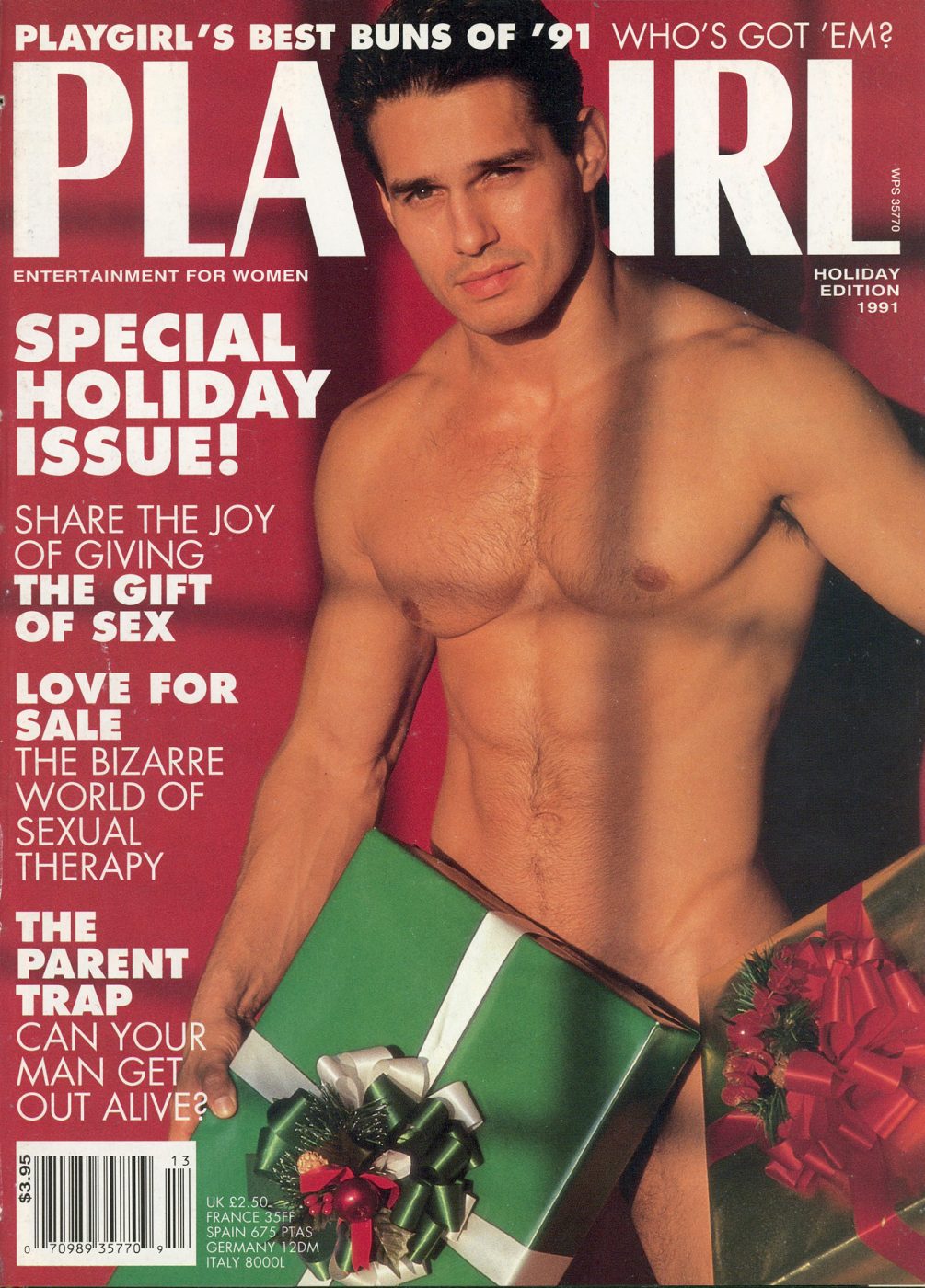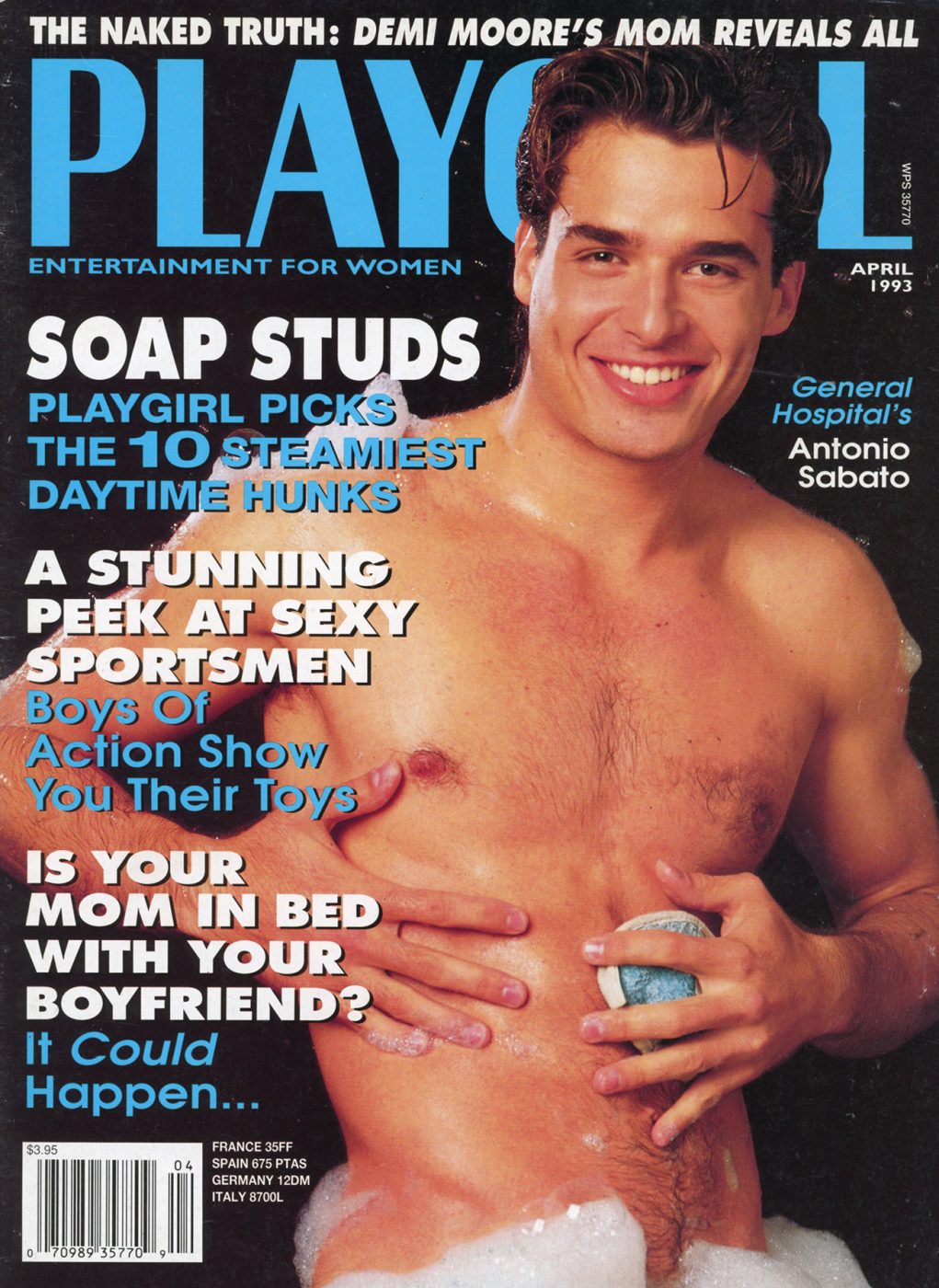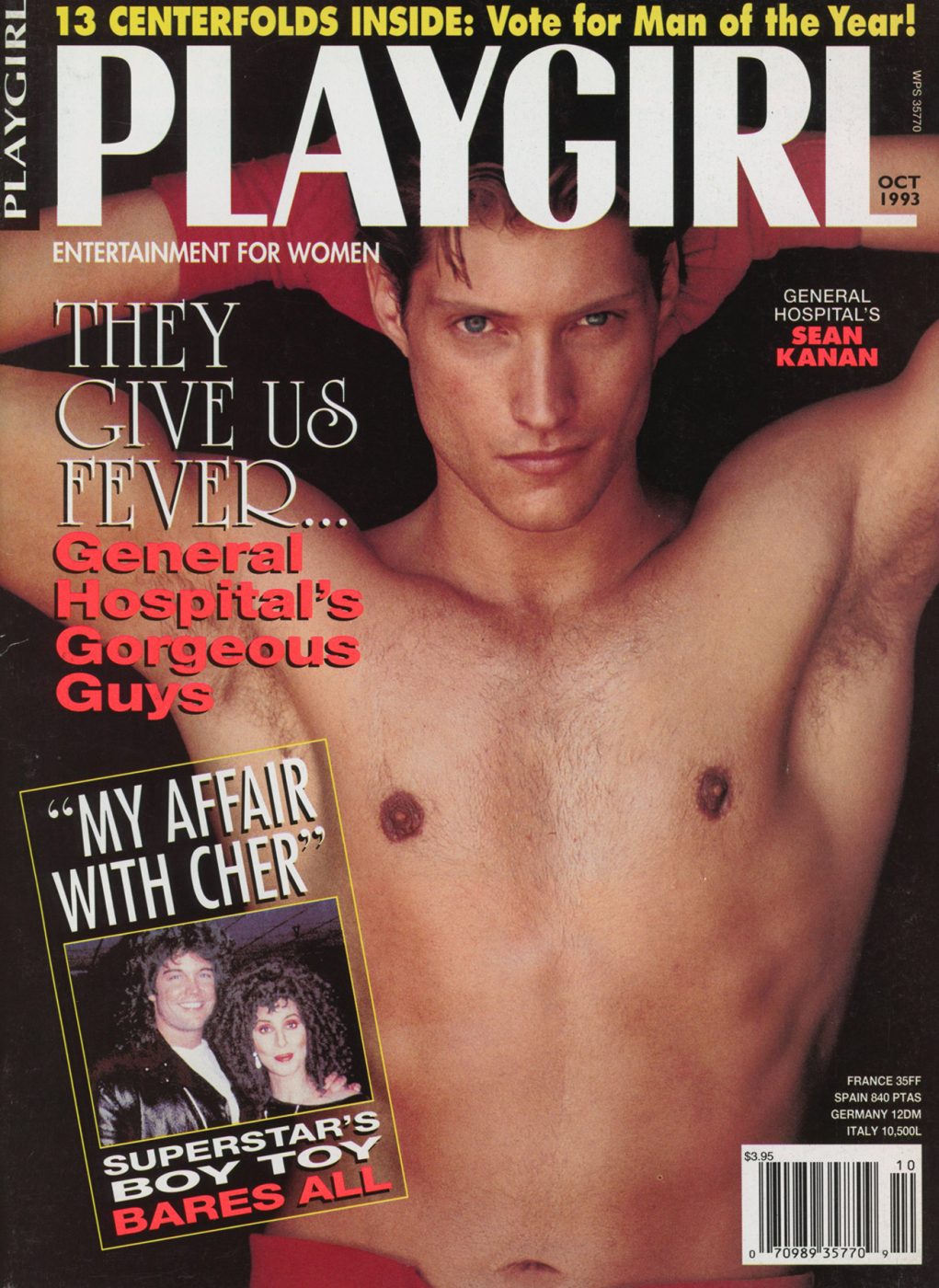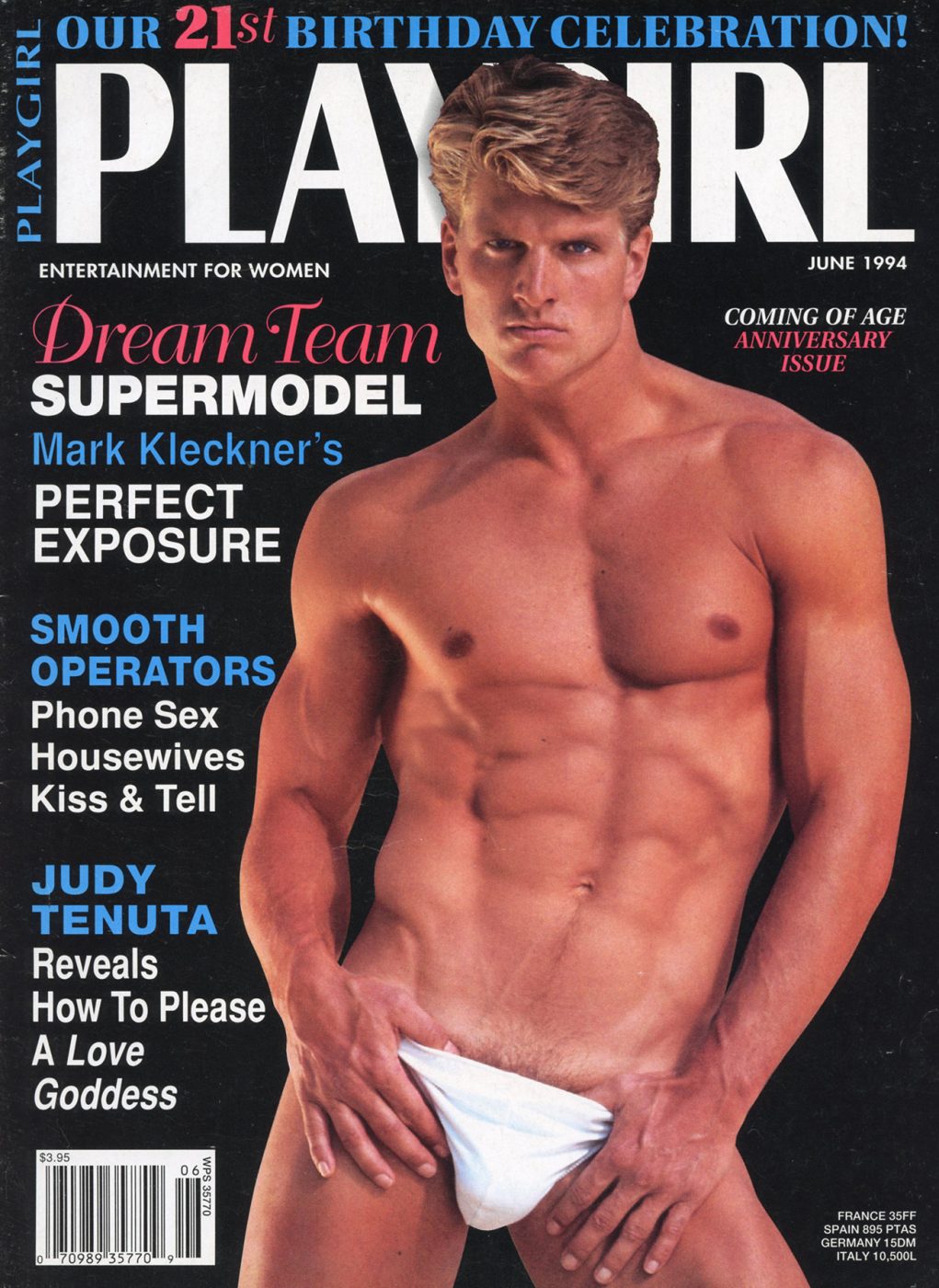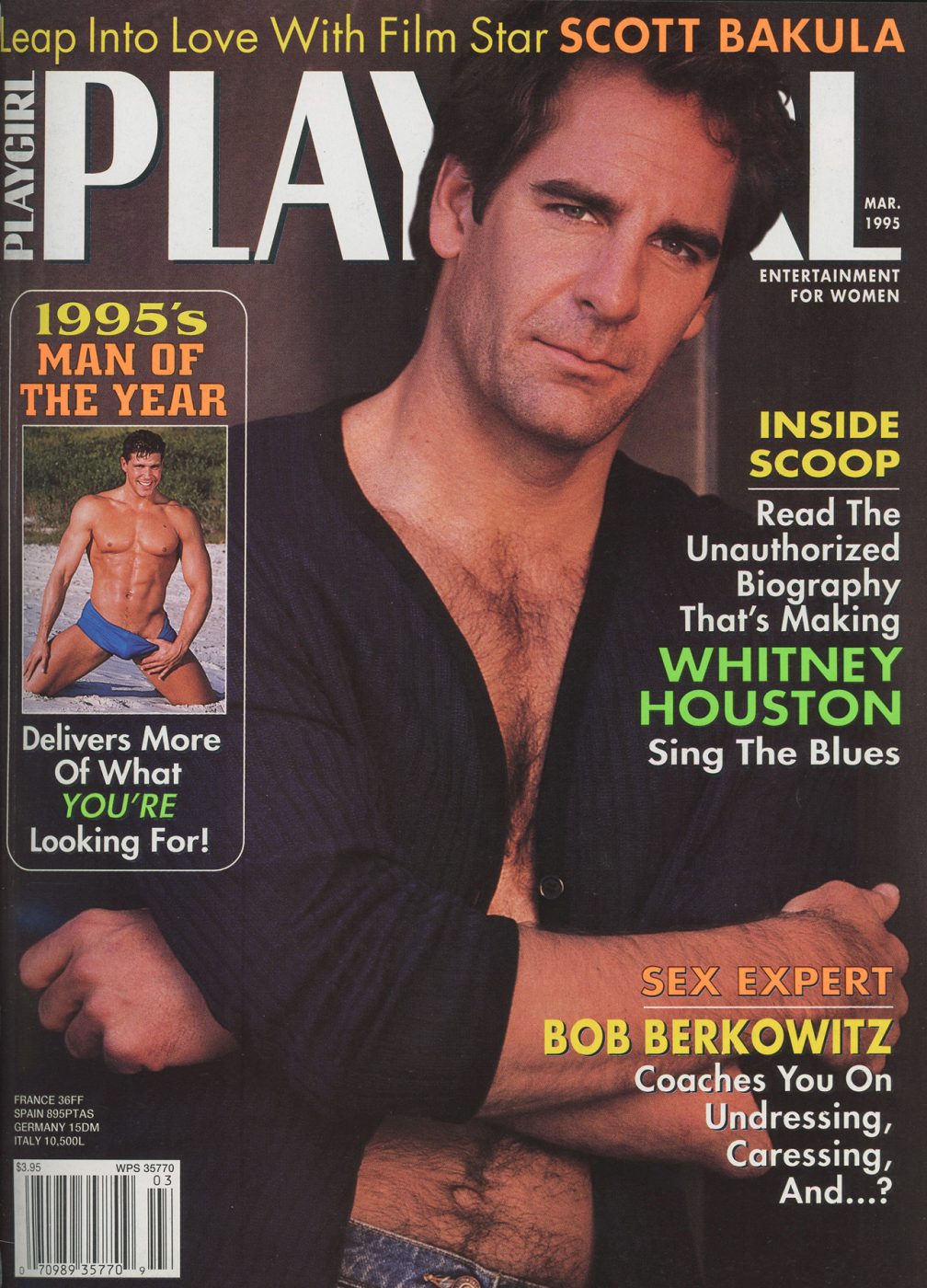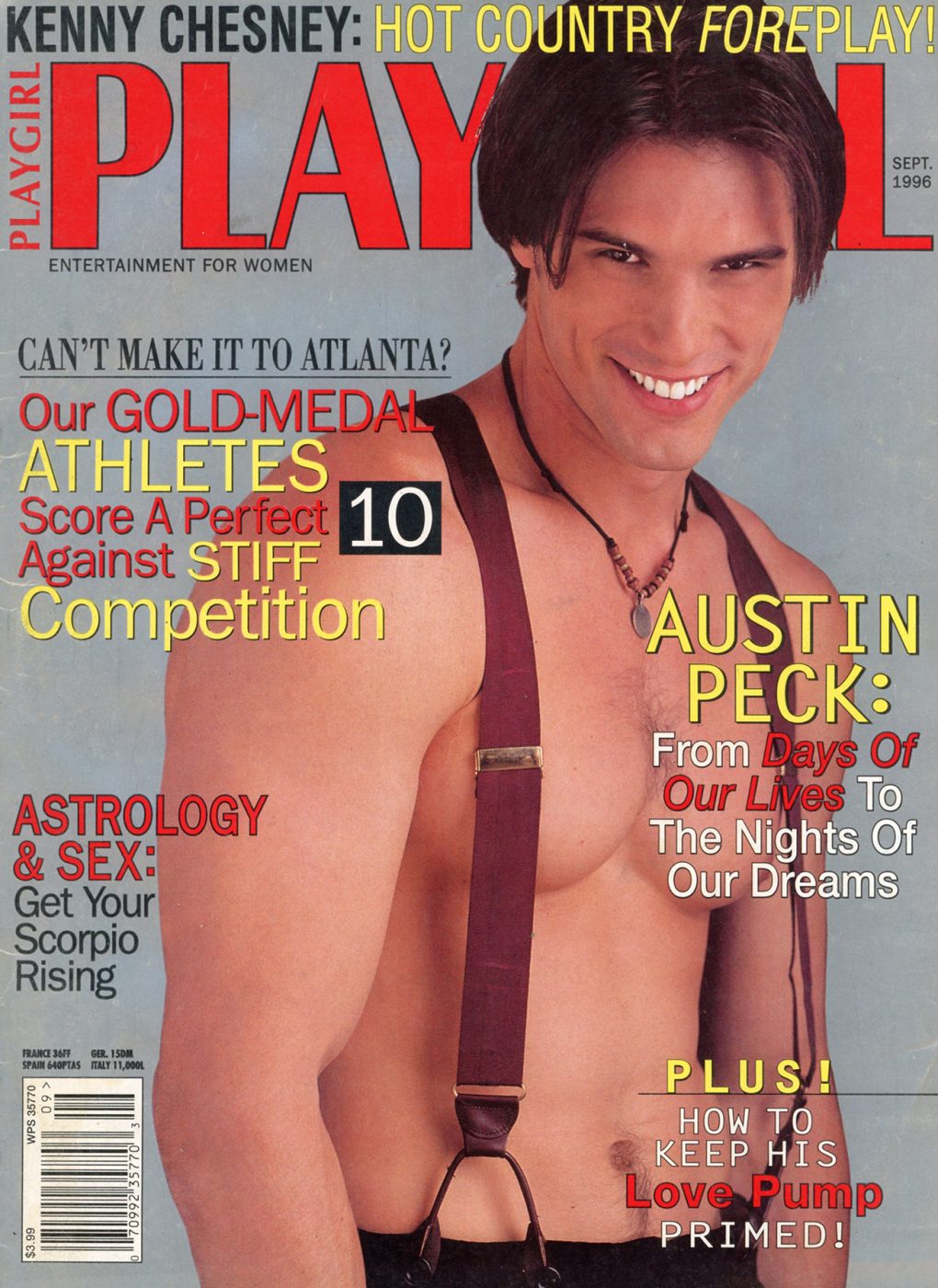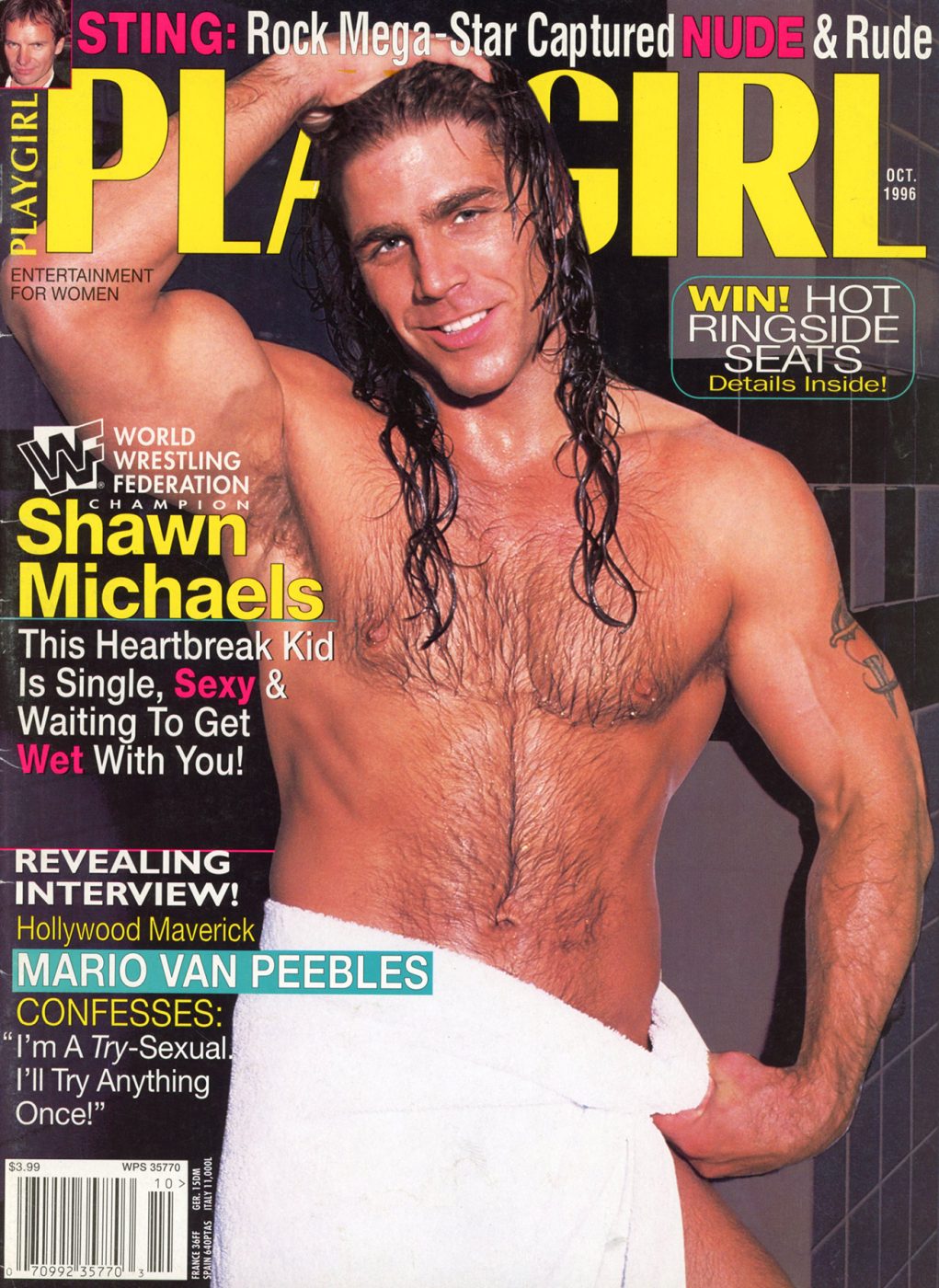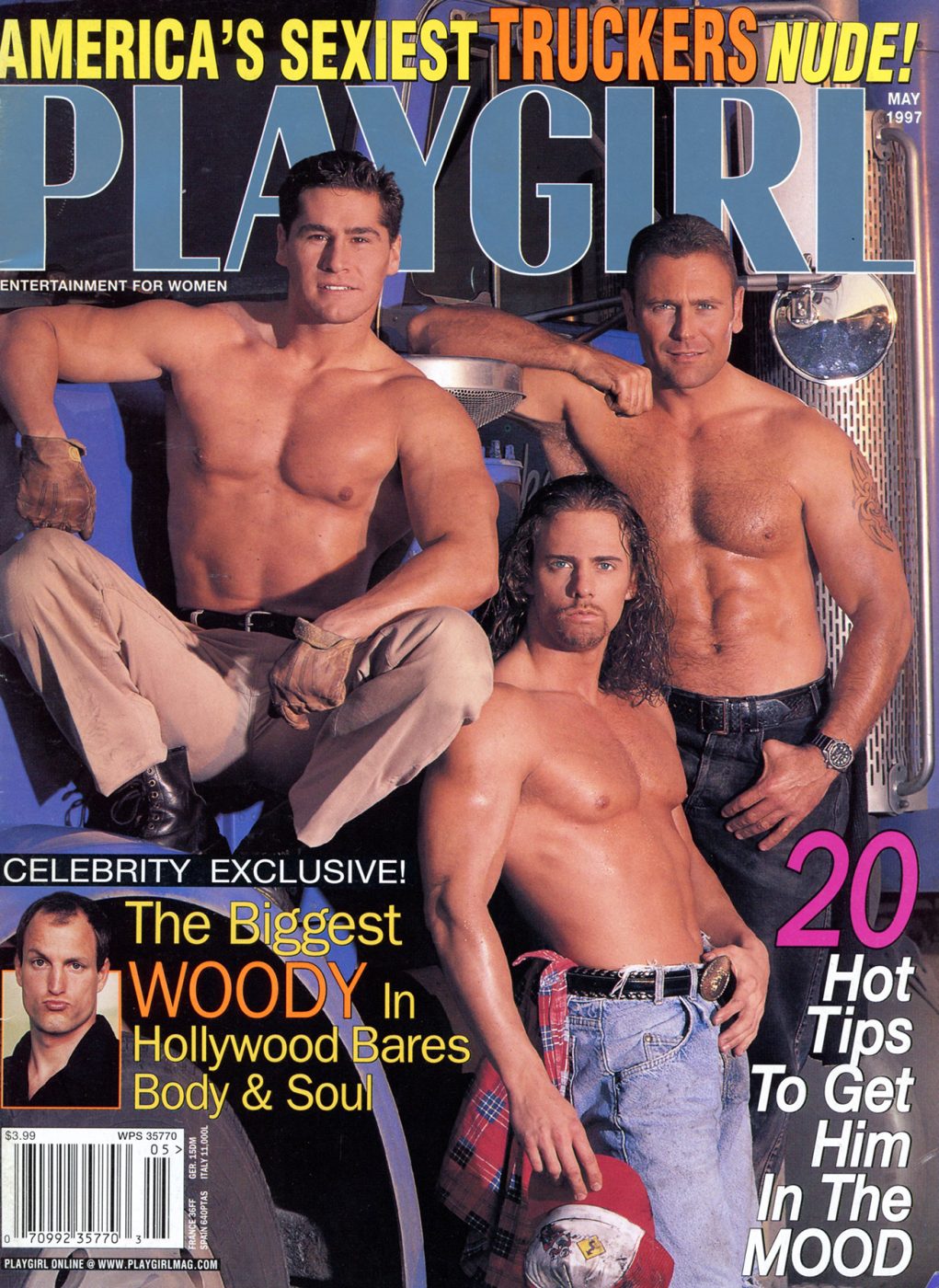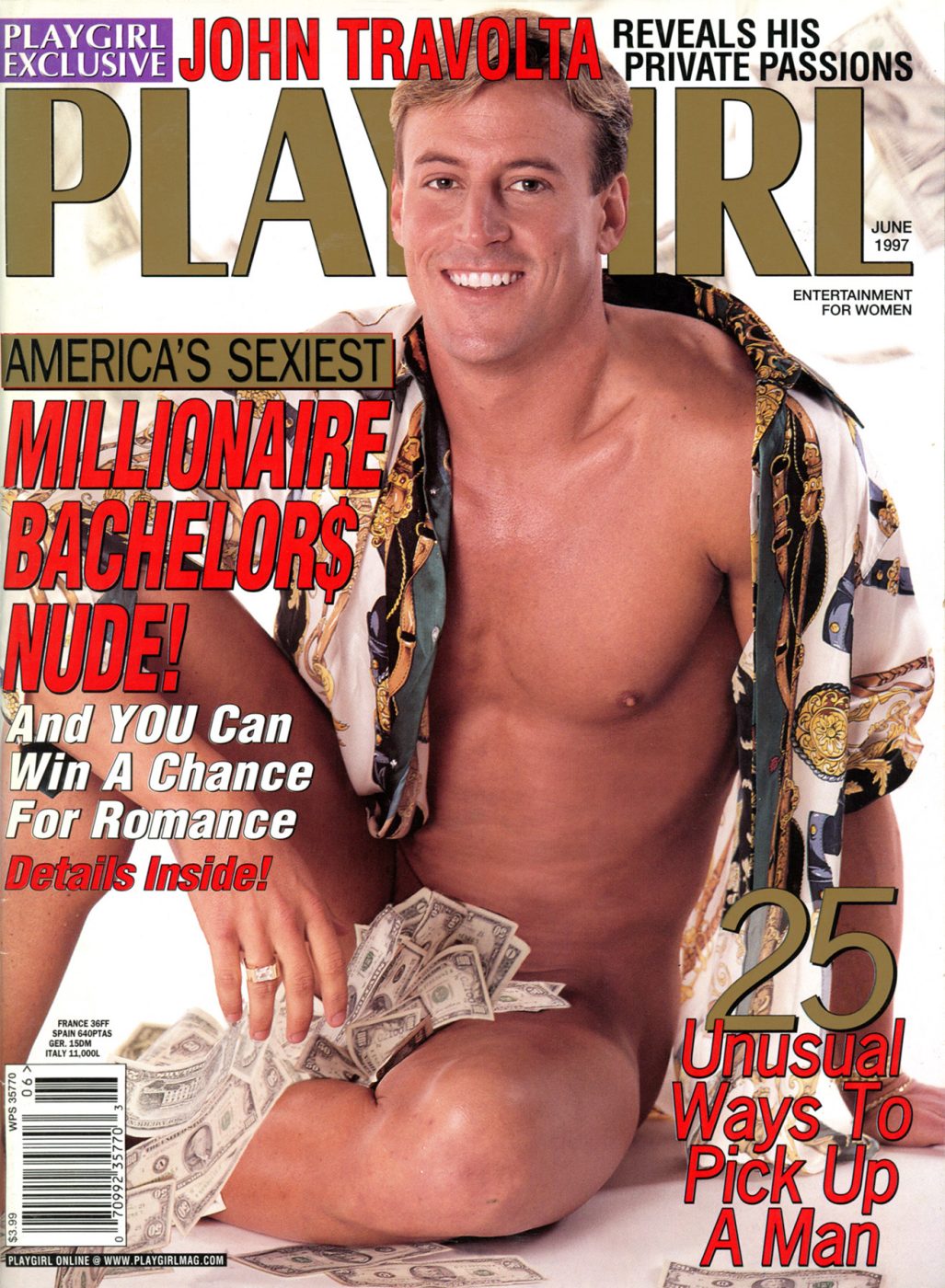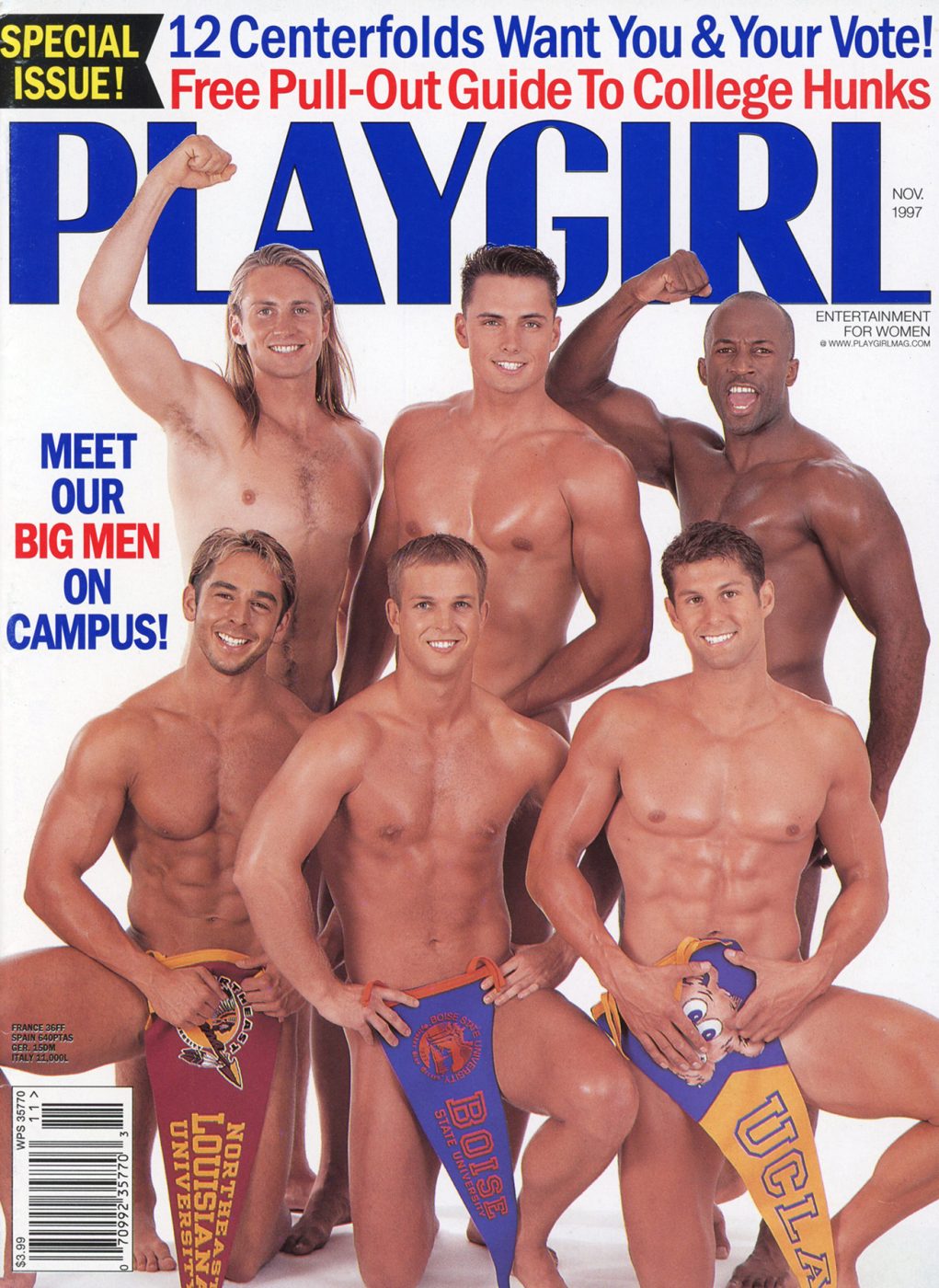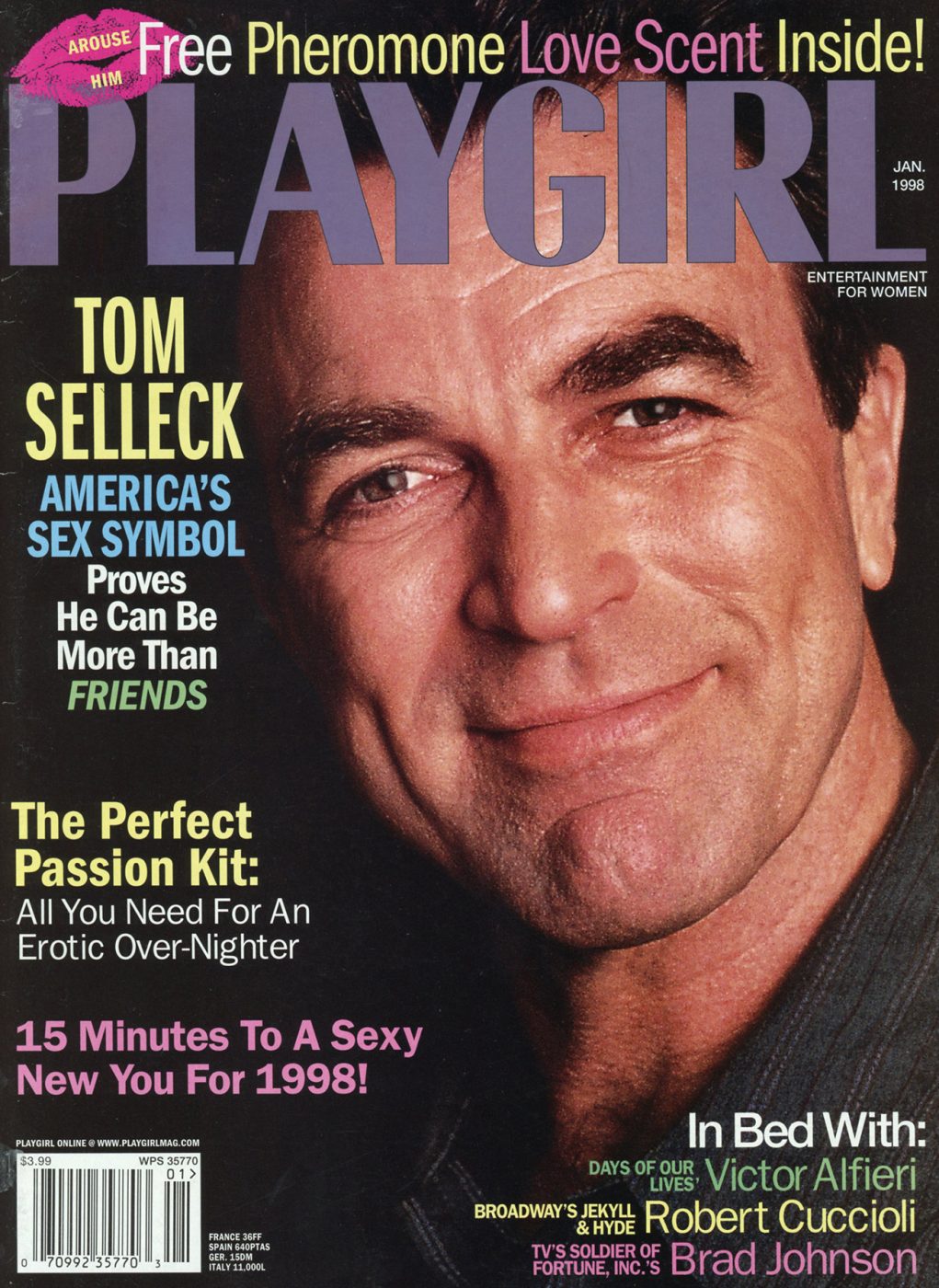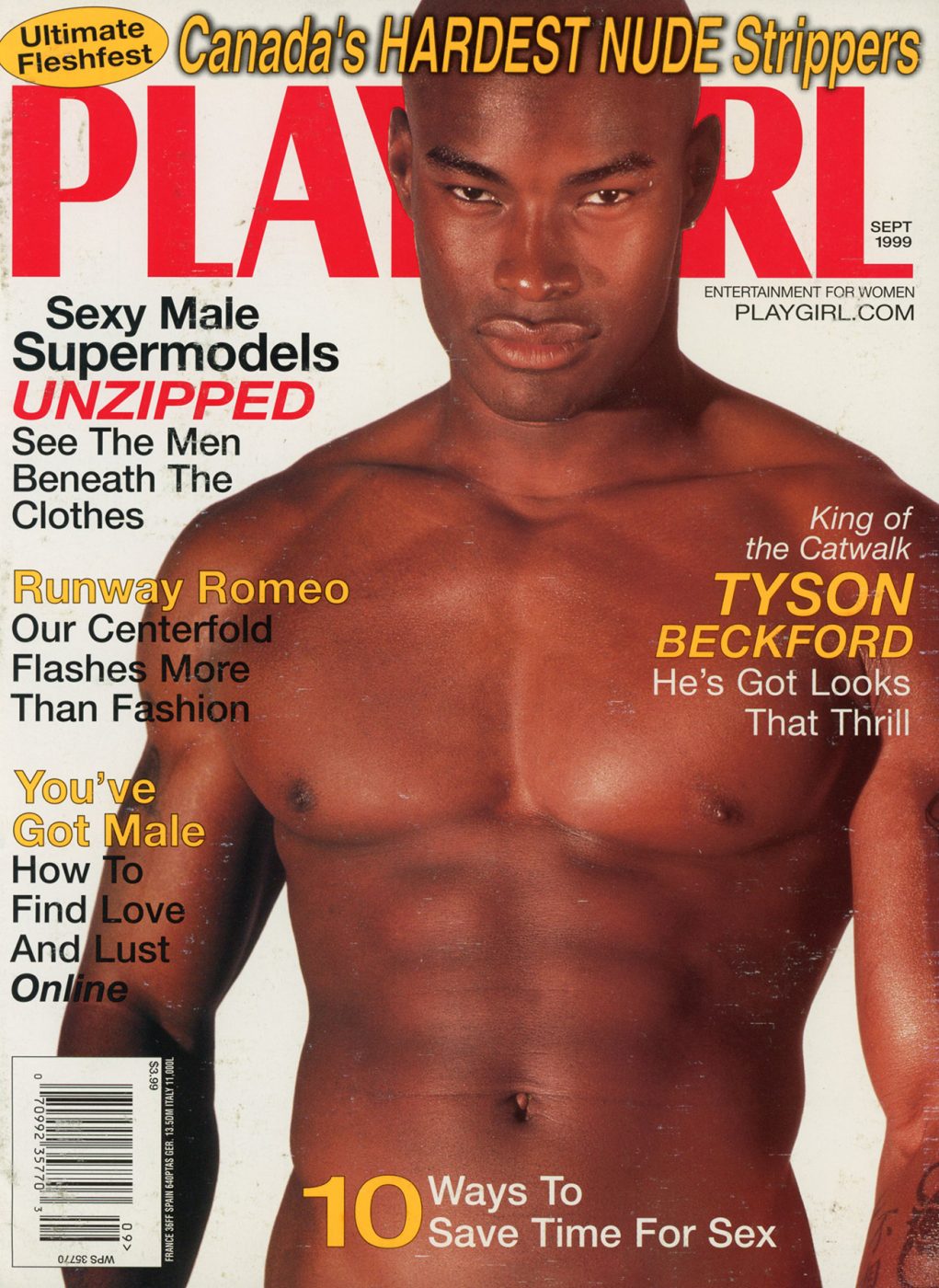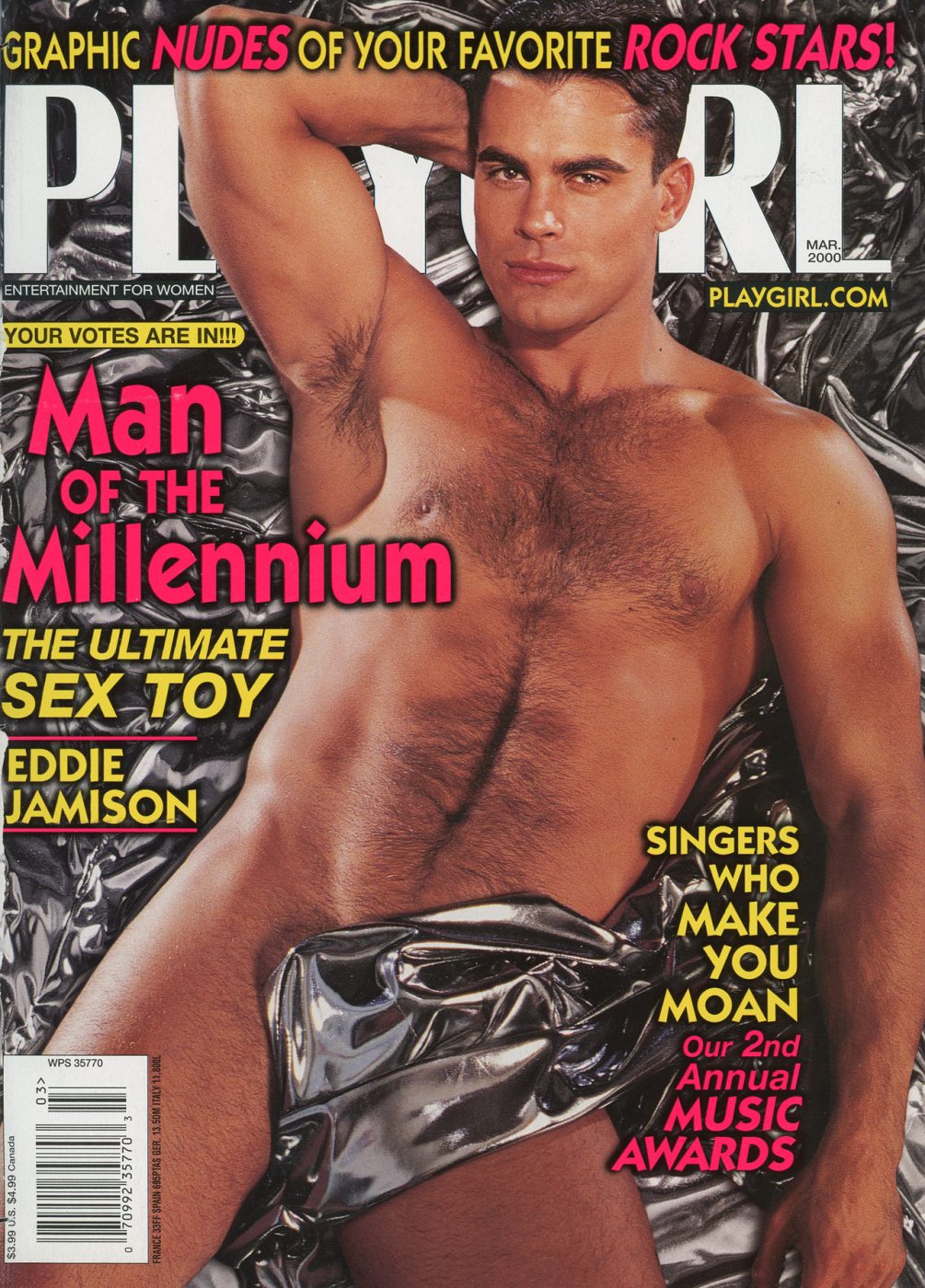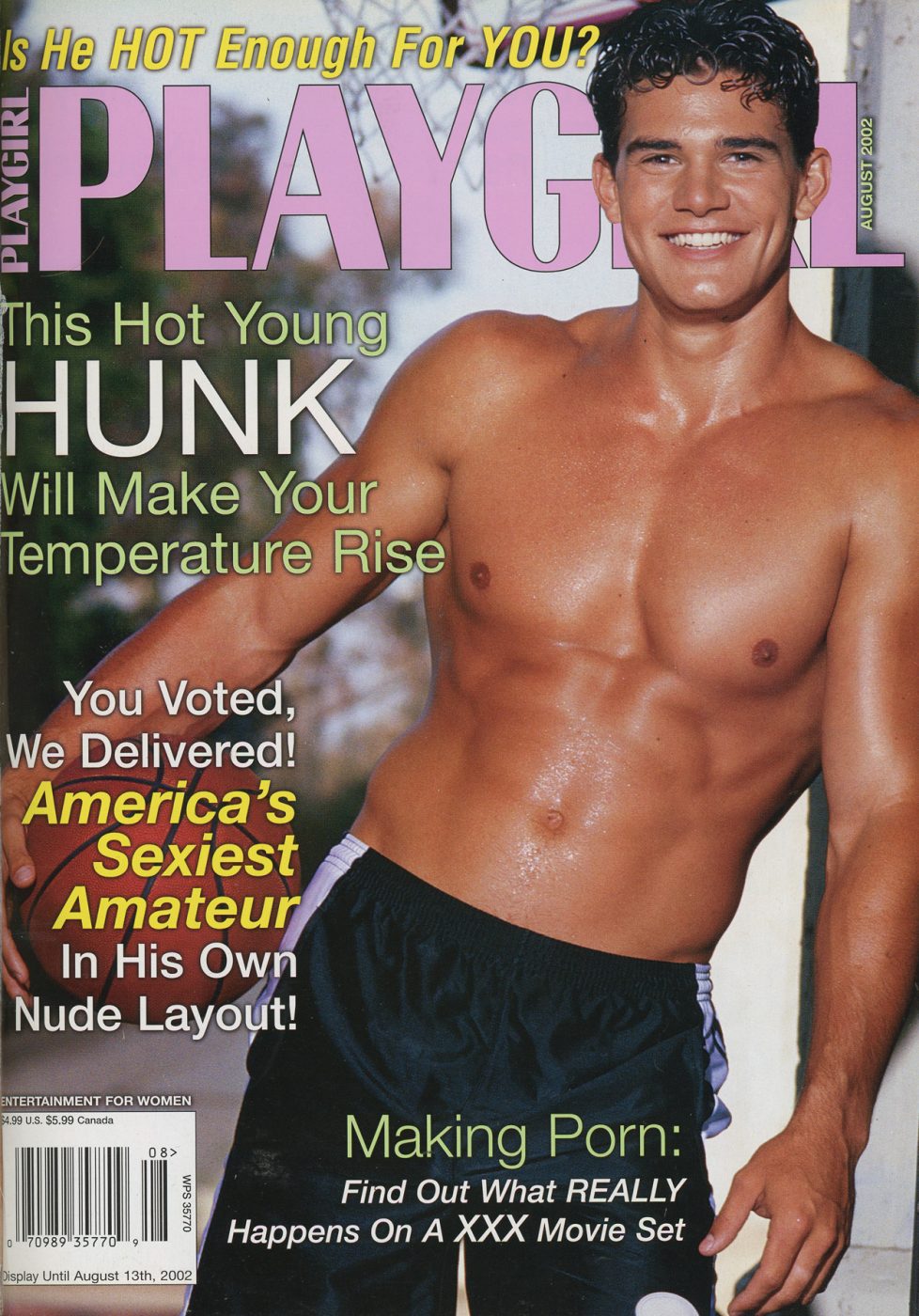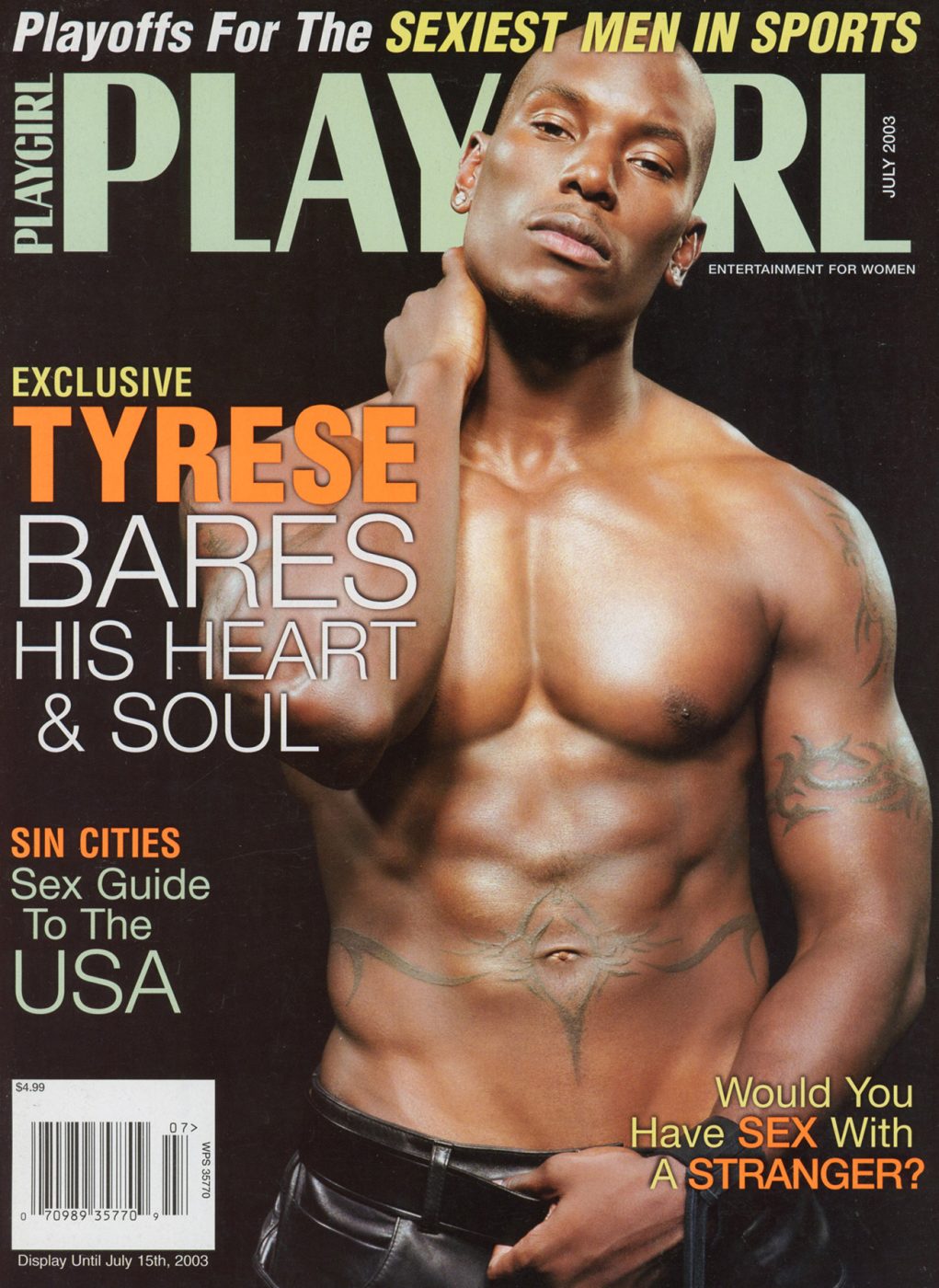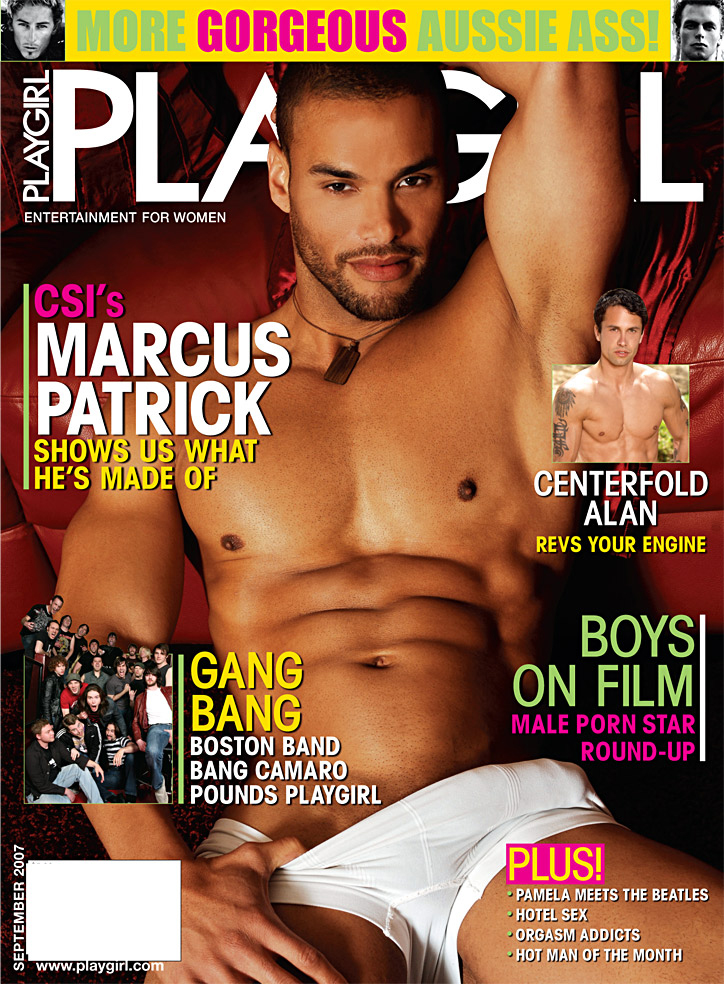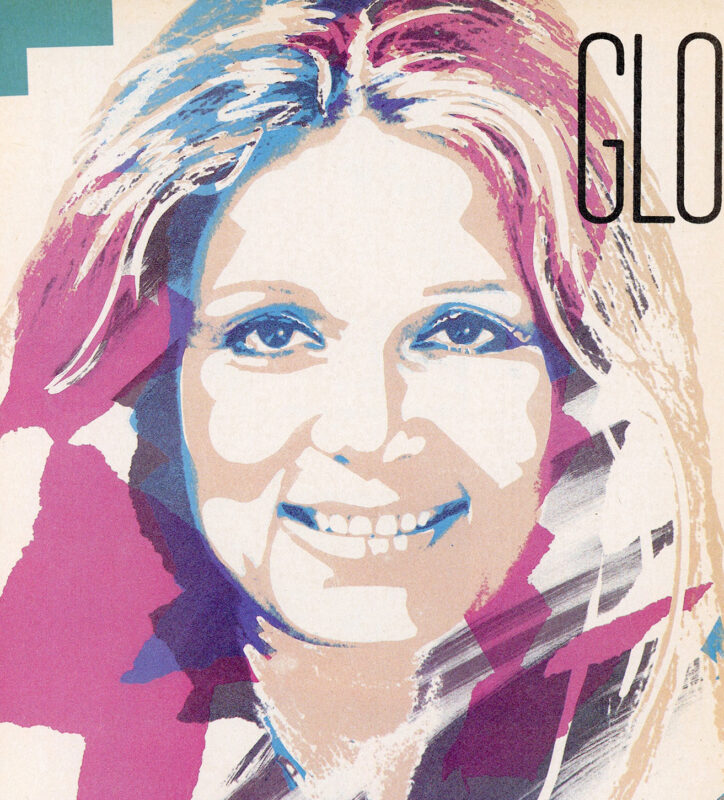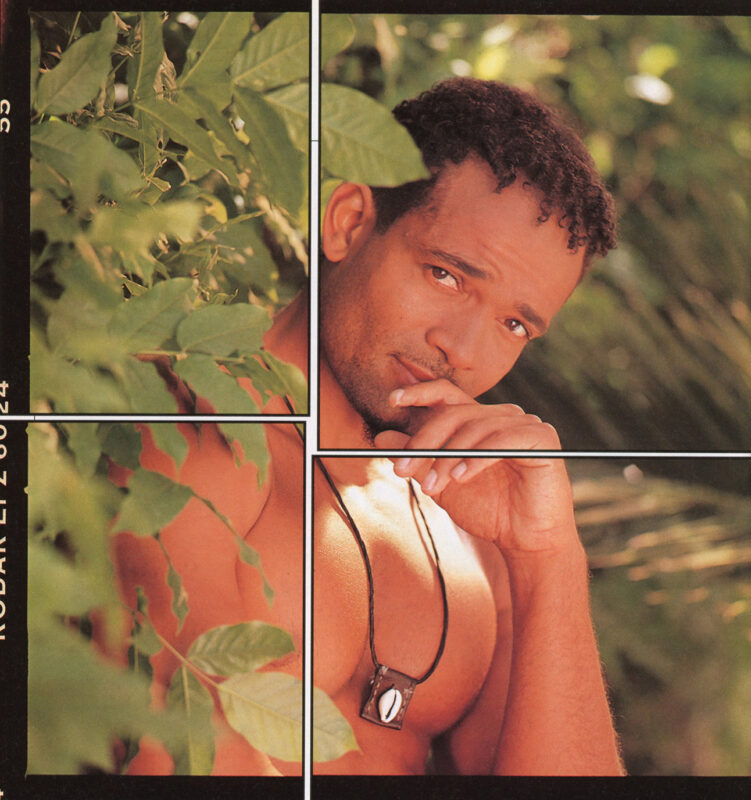If iconic means “very famous or popular” (The Cambridge Dictionary), how to handpick the most popular covers, the most consequential, amongst hundreds printed between 1973 and 2020? By selecting the celebs and the many soap opera stars who graced them (by definition “famous”)? Or the hunkiest men (by definition “popular”)? Perhaps the women and the hottest couples? Readers have their faves and their dislikes; who’s on baby boomers’ radar may not be on gen Z’s and vice versa. But we think these 50 are a good, diverse mix and best represent Playgirl’s visual journey, with all its twists and turns.
Celebs take the lion’s share, simply because we couldn’t neglect Gere, Travolta, Reynolds, Beatty, Newman… could we? We picked them when “iconically” paired up: Fonda/Douglas, Streep/Hoffman, Lee Curtis/Travolta… Often portraying an intimate, joyful connection, couples (and one throuple?) are in fact featured on every cover from the inaugural issue in June 1973 through September 1974: that’s 16 covers back to back. What does it say about the magazine and its mission of female empowerment? Founders Douglas and Jenny Lambert wanted it “to oppose the double standard of expectation for women’s and men’s sexual expression”, as they write in their memoir, A Teardrop on a Rose; “to convey the message that women could have both equality and sensuality.” What does the title Playgirl conjure up?: “independence, freedom (…), fun, options, playfulness…,” the Lamberts continue.
Then there are the men: the mustached centerfolds of the Seventies (David White), the hunks of the Eighties (Steve Rally) and the mimbos of the Nineties, when women all but disappeared. Take a journey through the archives and you’ll witness more than the evolution of a magazine from its feminist inception to its tawdry beefcake days: you may in fact trace the evolution of masculinity and beauty and their (often contradictory) representations.
One cover stands out as the most iconic, the most densely symbolic and, inevitably, the most political: the April 1977 portrait of a woman wearing lipstick and sunglasses. Reflected on the lenses a muscular guy by the pool. She’s looking at him; he’s lying down, naked, and looking up. Here it is, the female gaze as a playful reversal of the male gaze -thus a reversal of power roles. Here it is, summed up in one colorful, almost Hockney-esque image, Playgirl’s manifesto for the ages.


